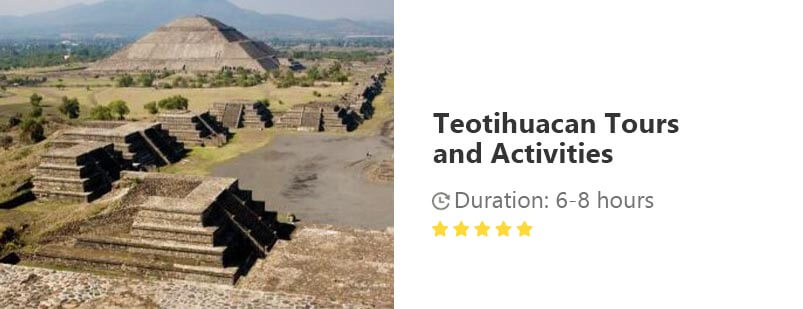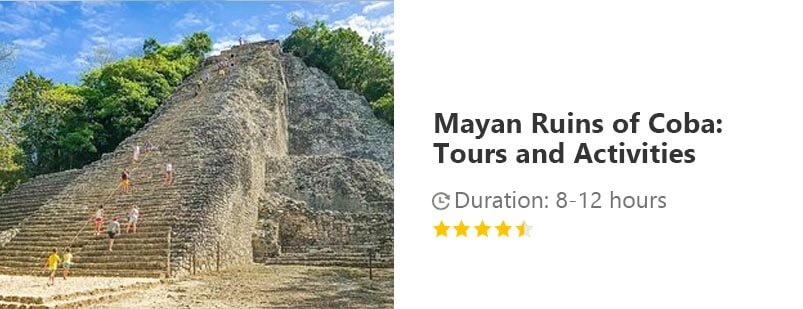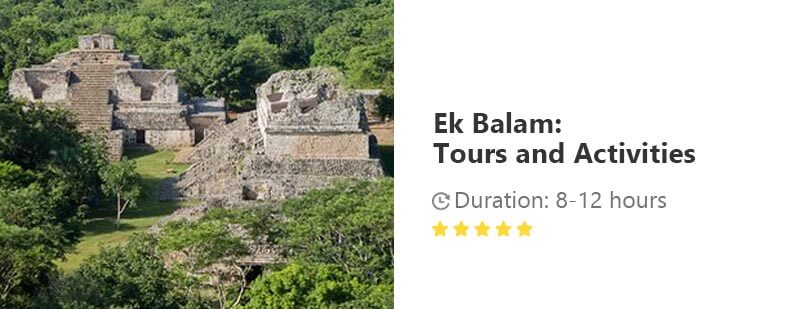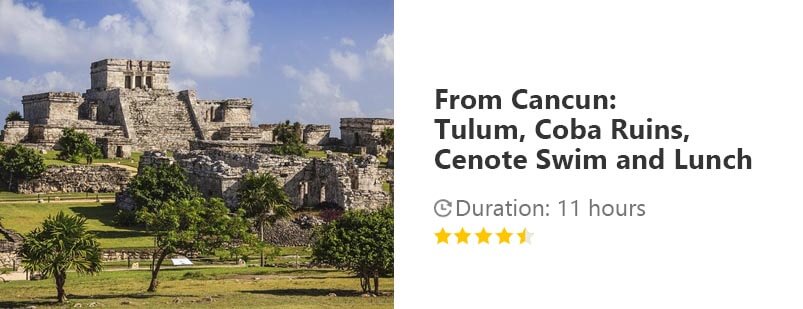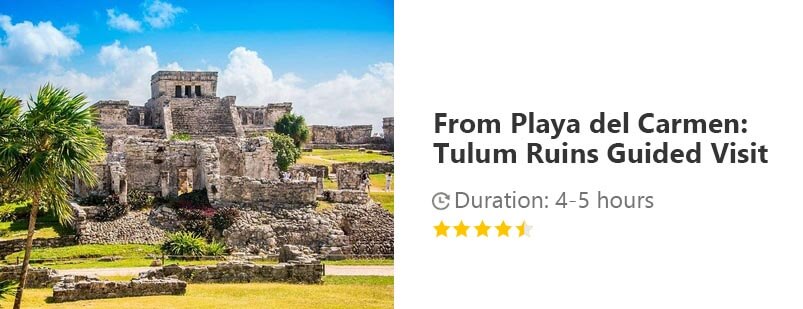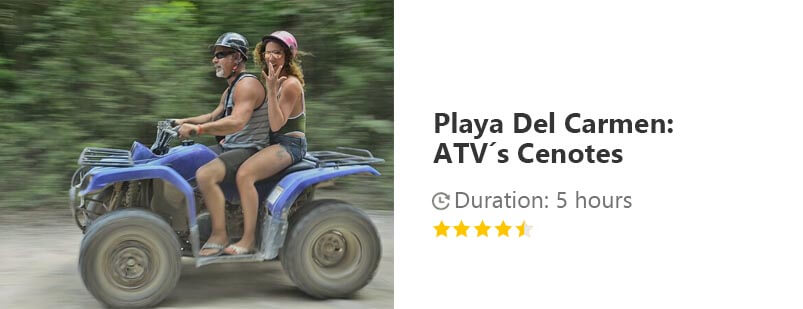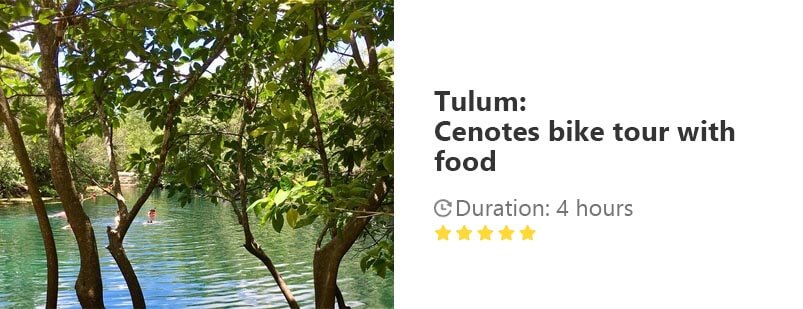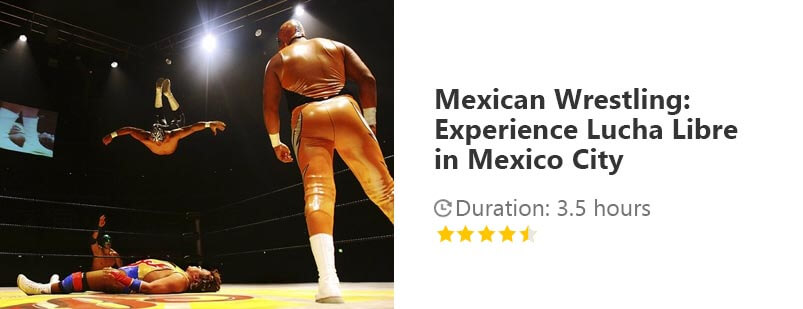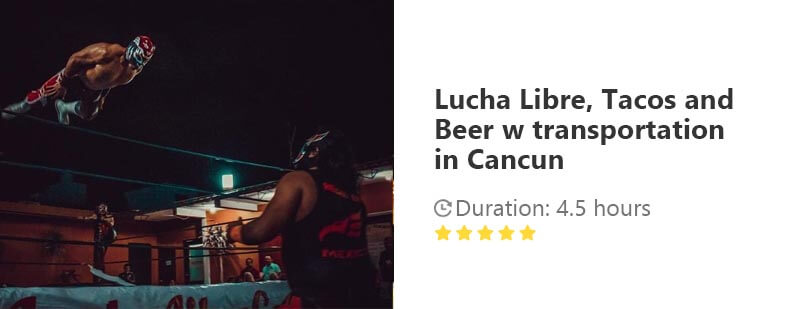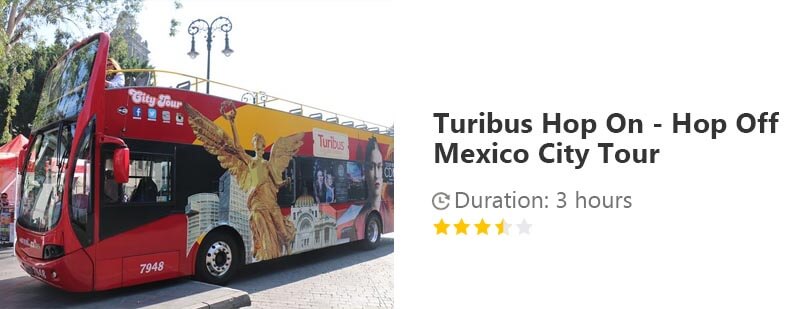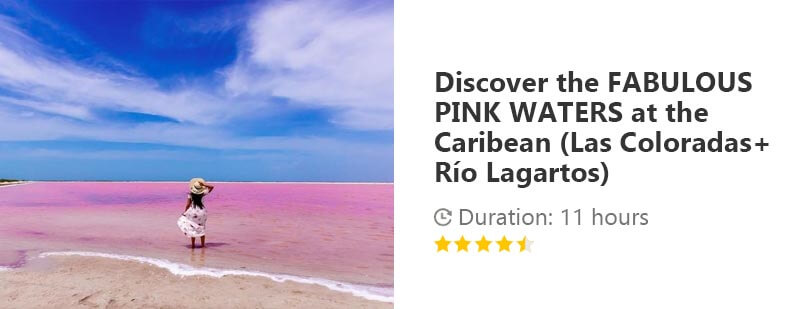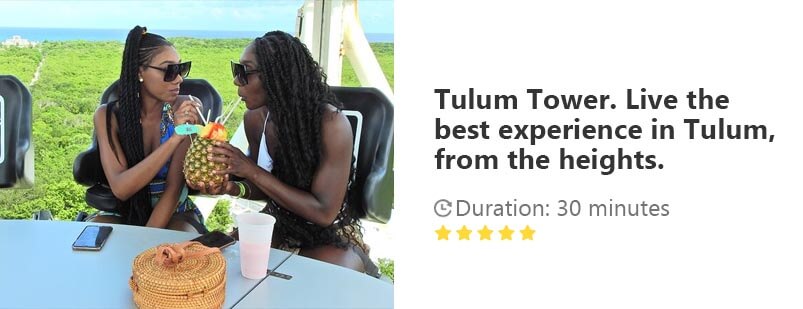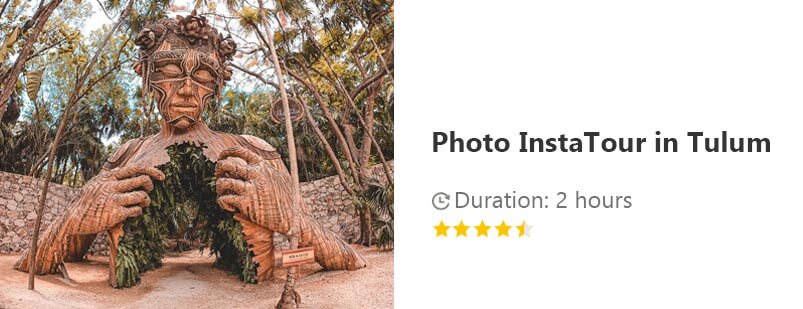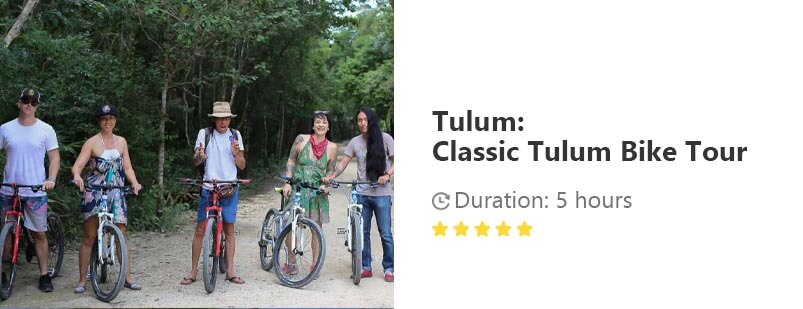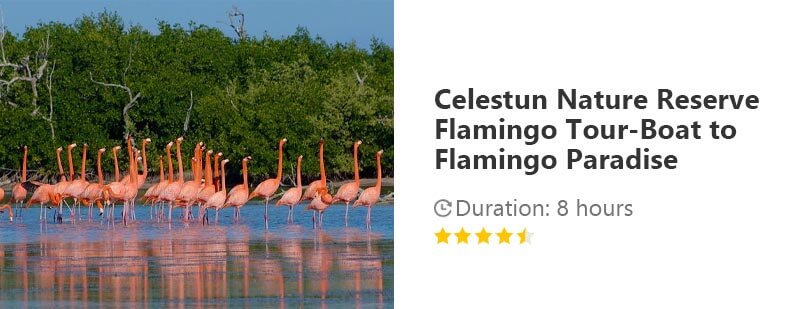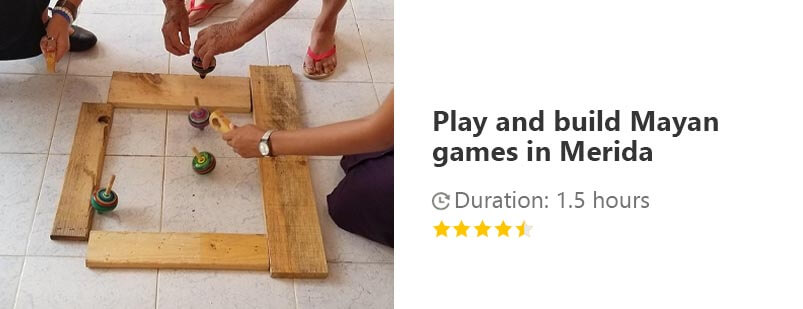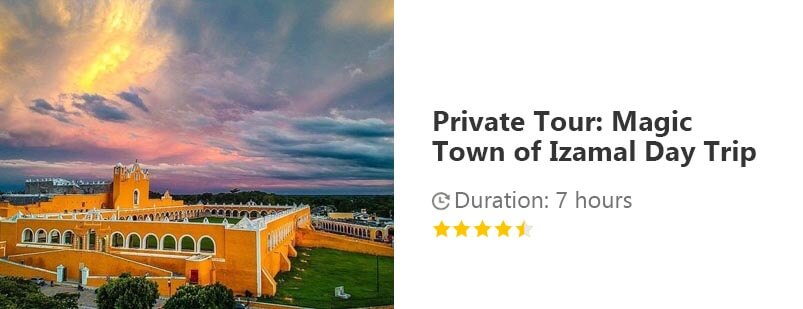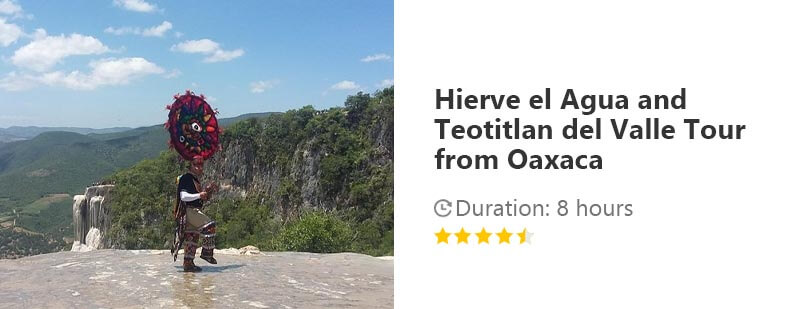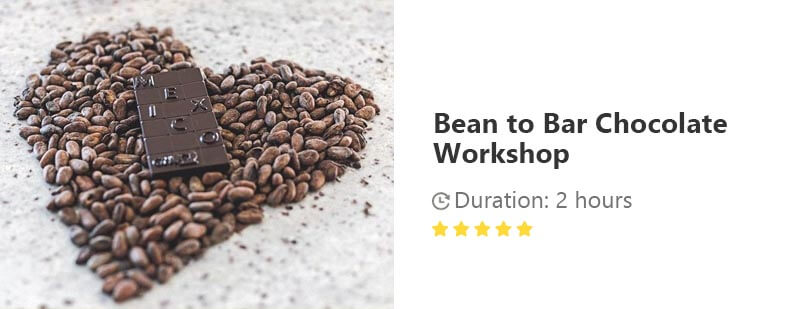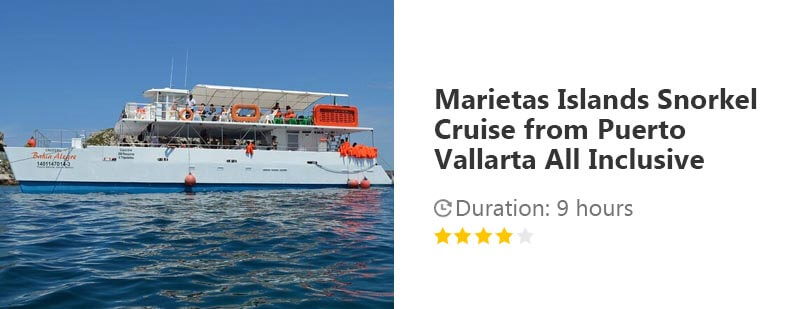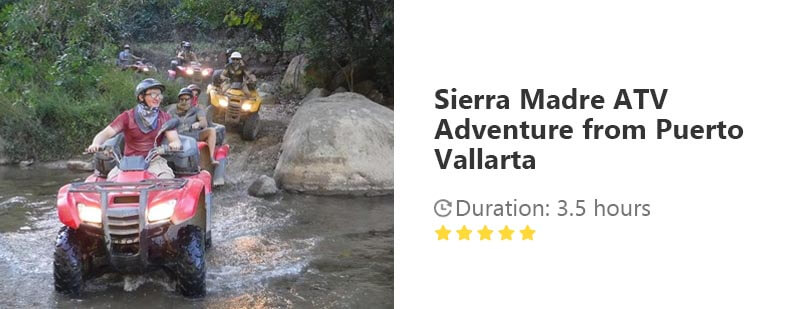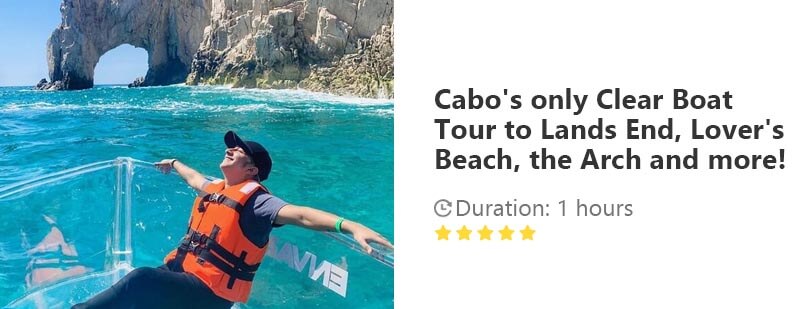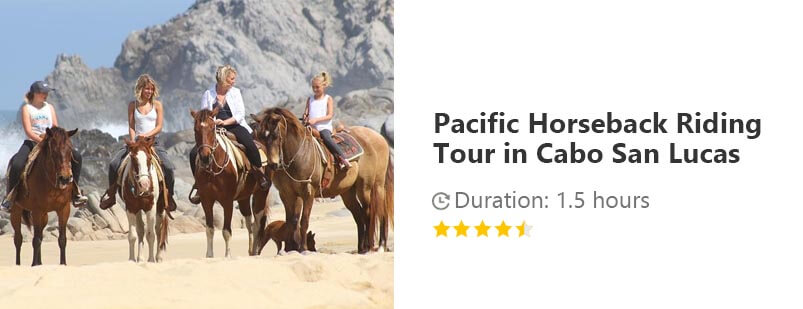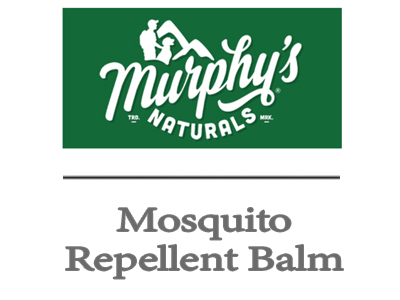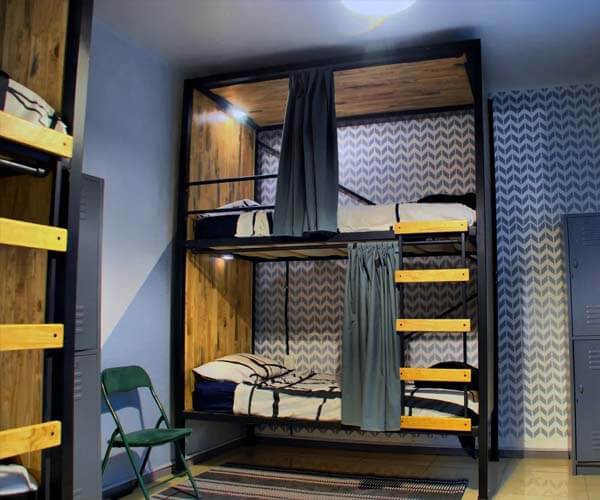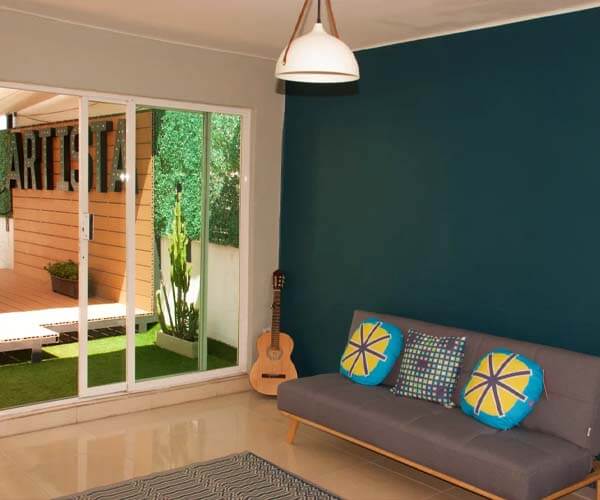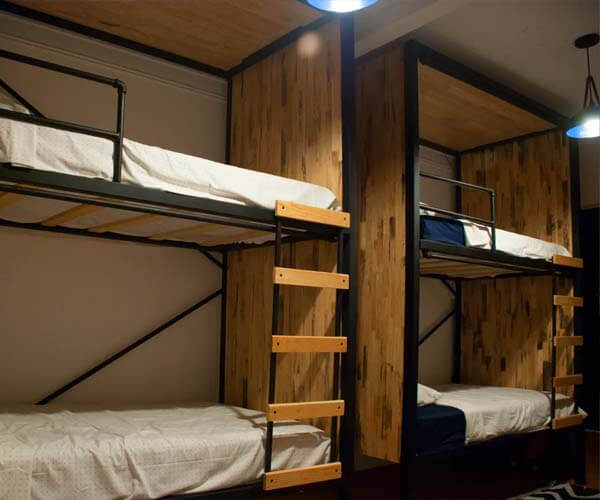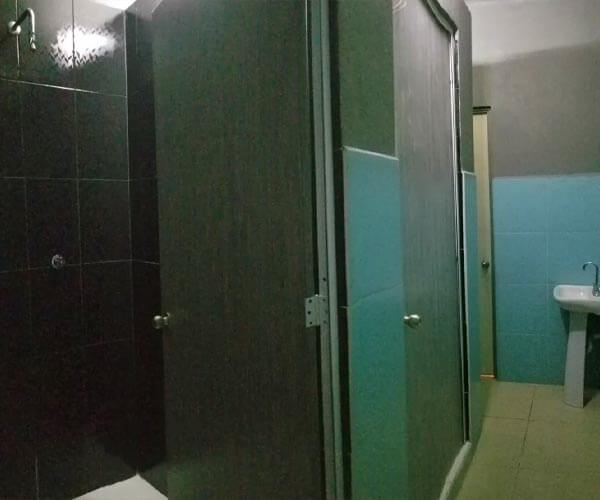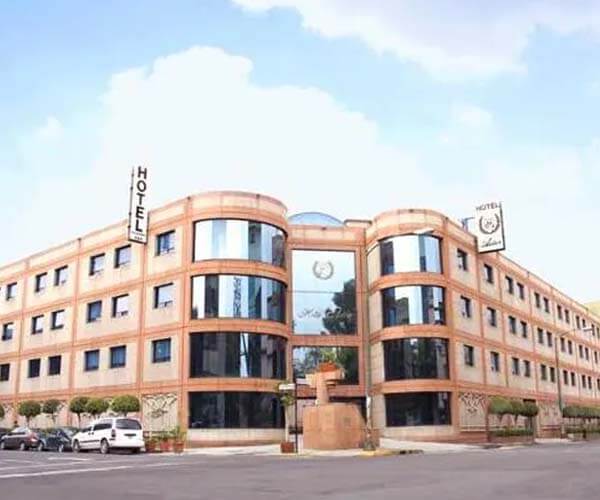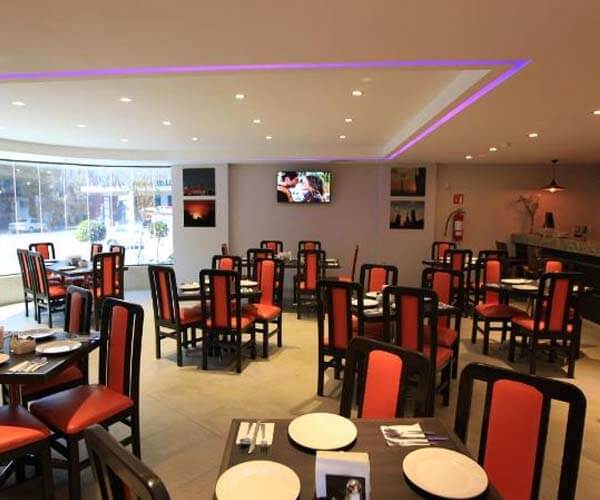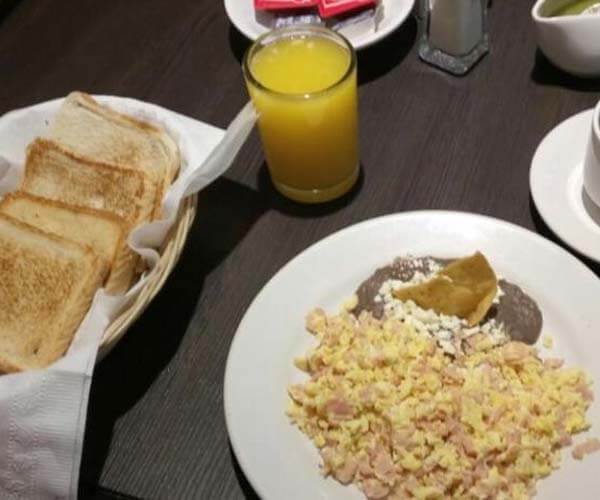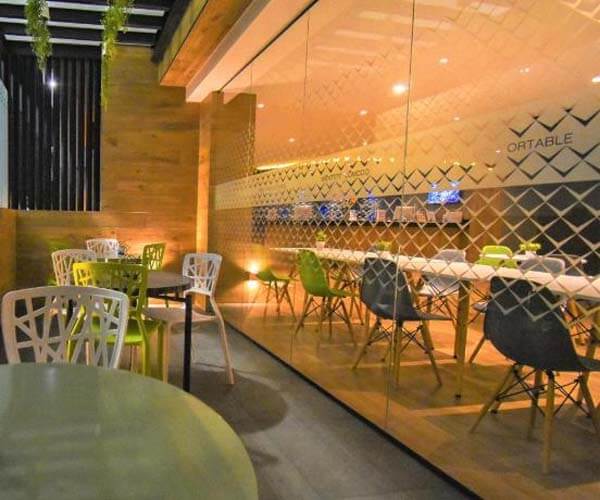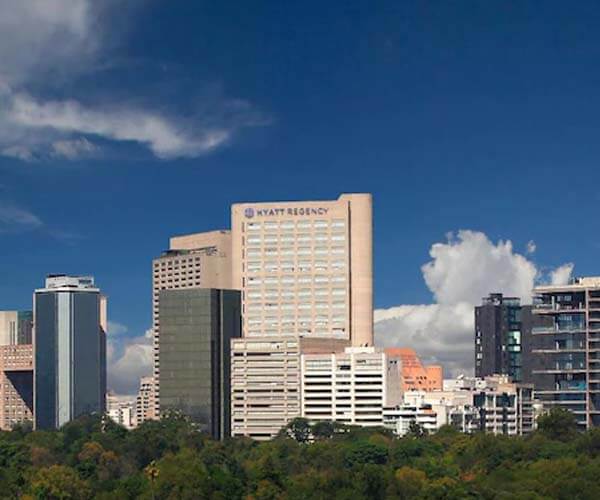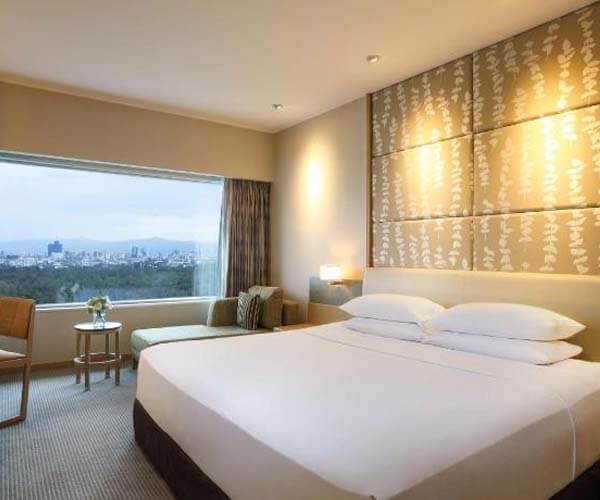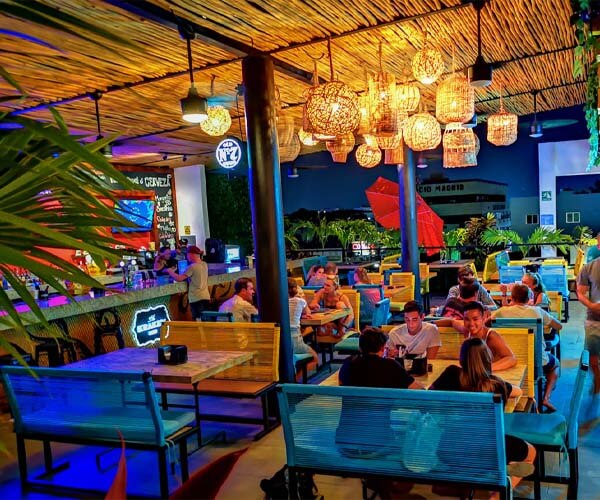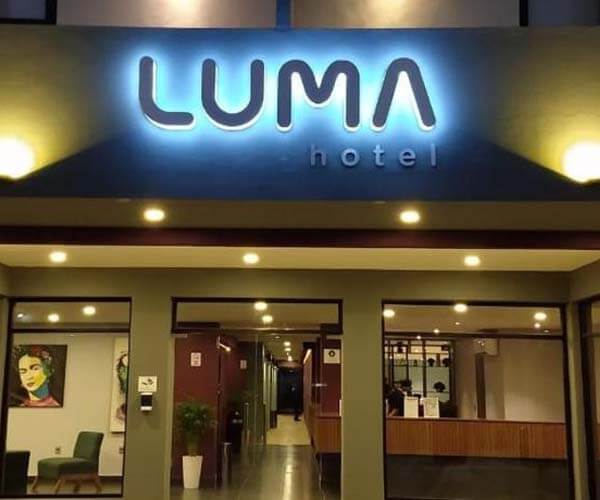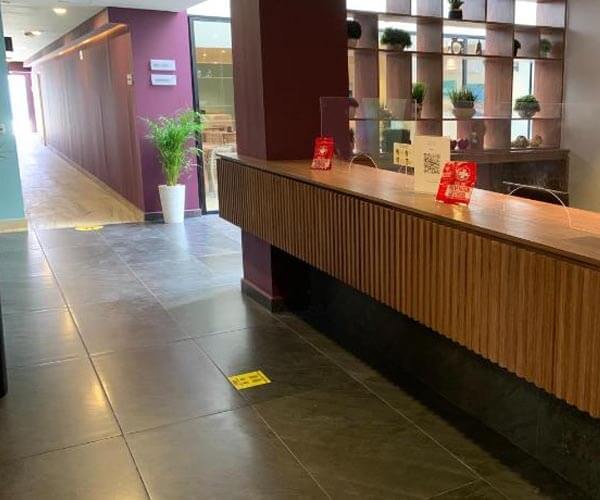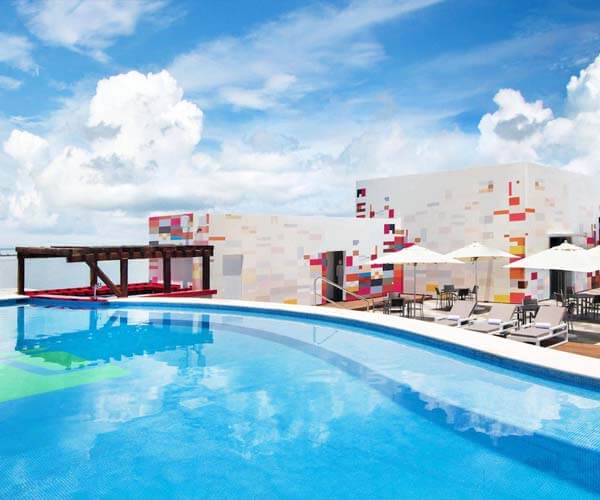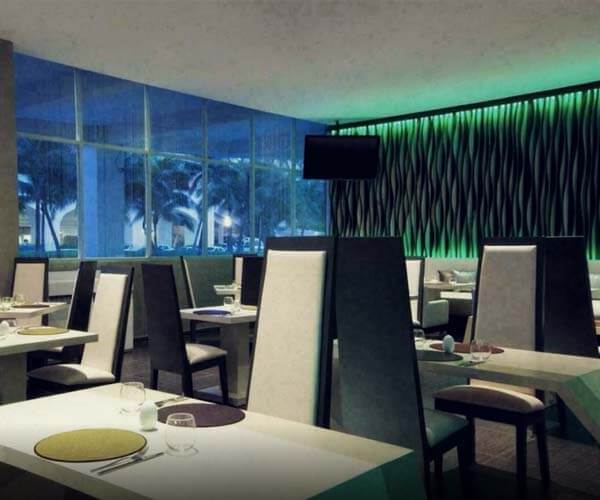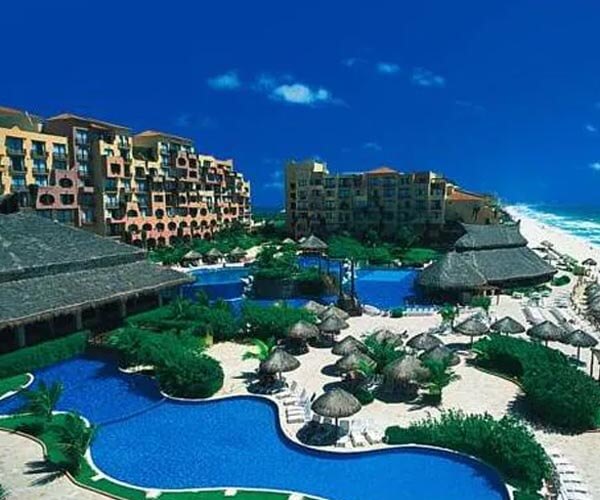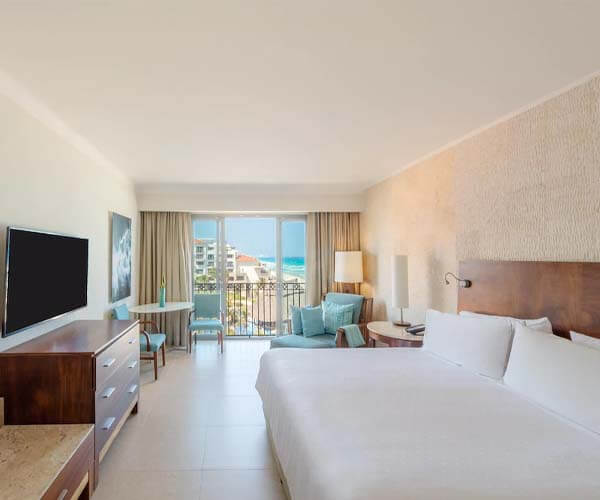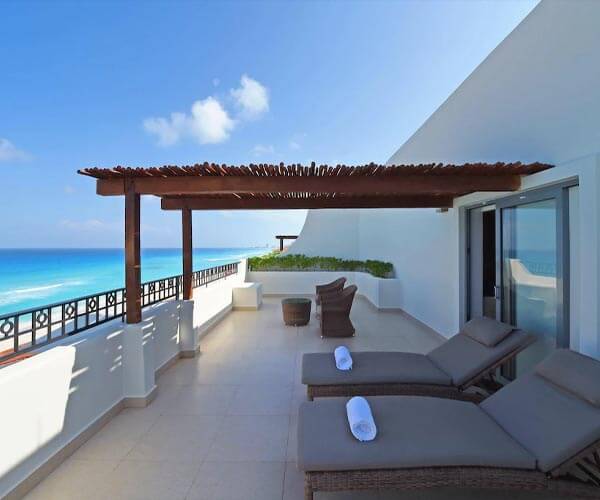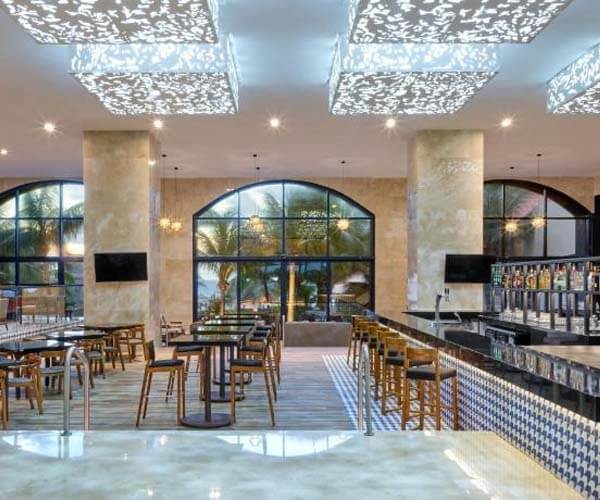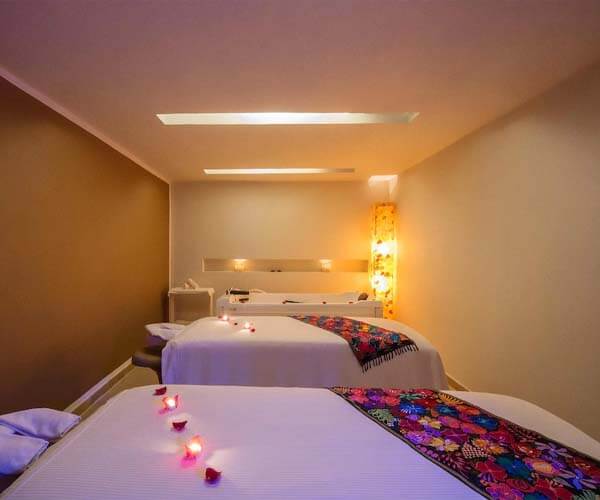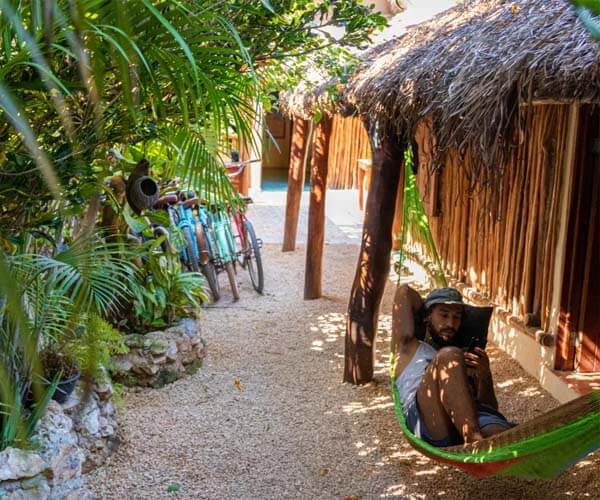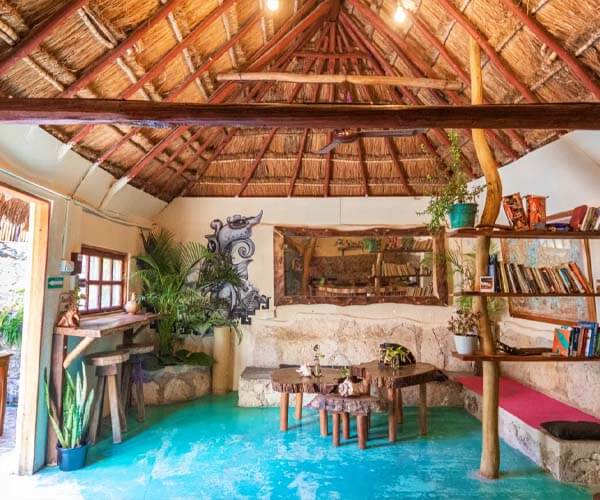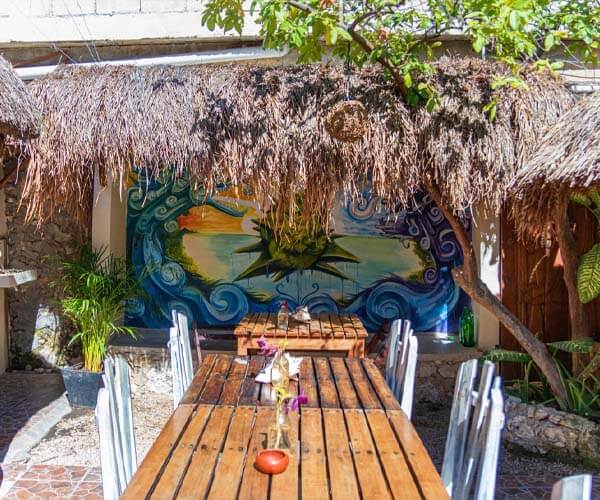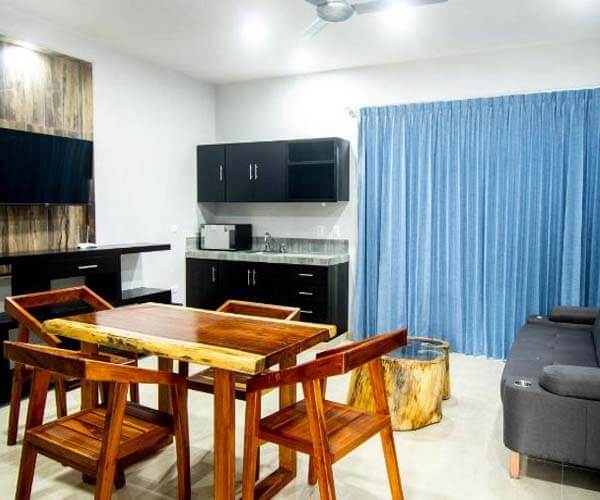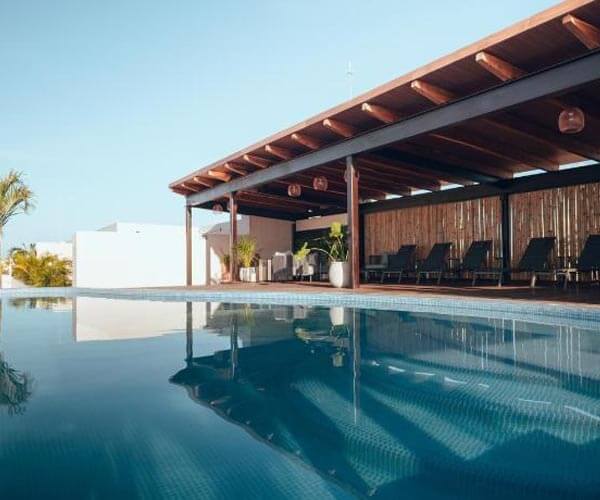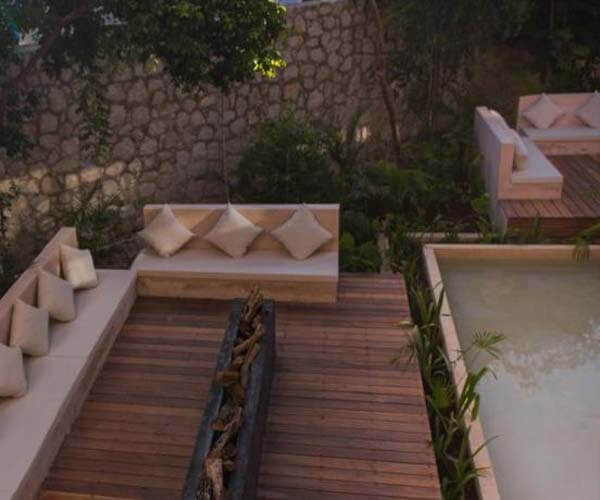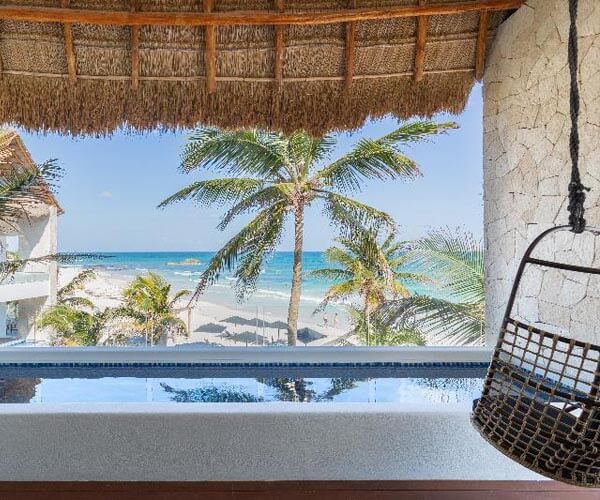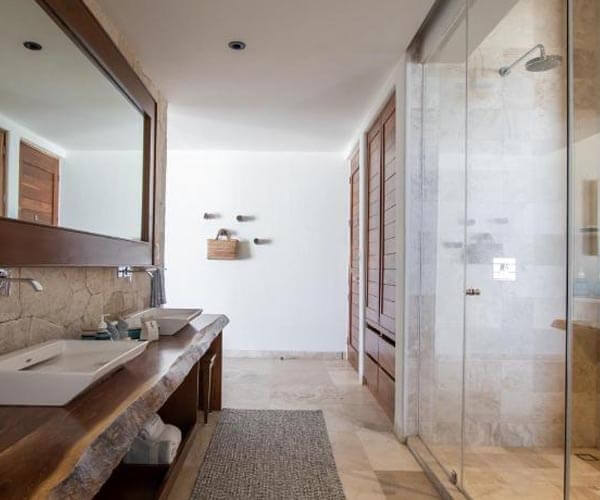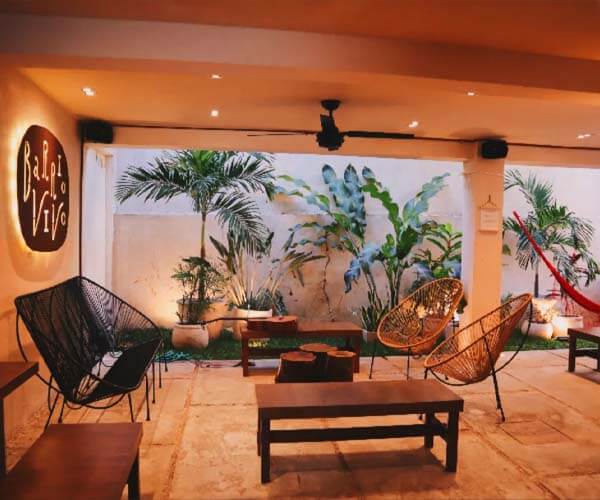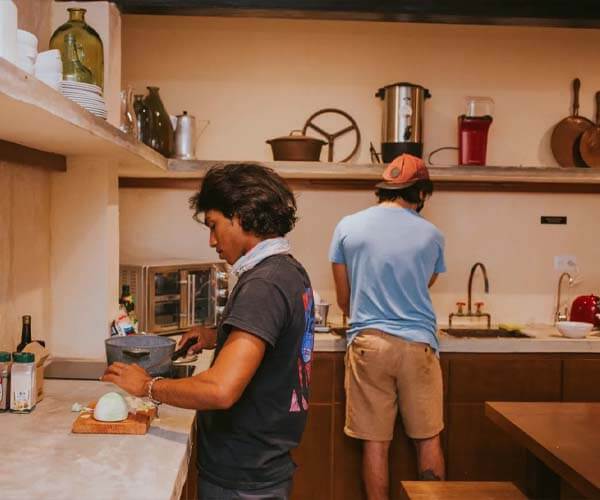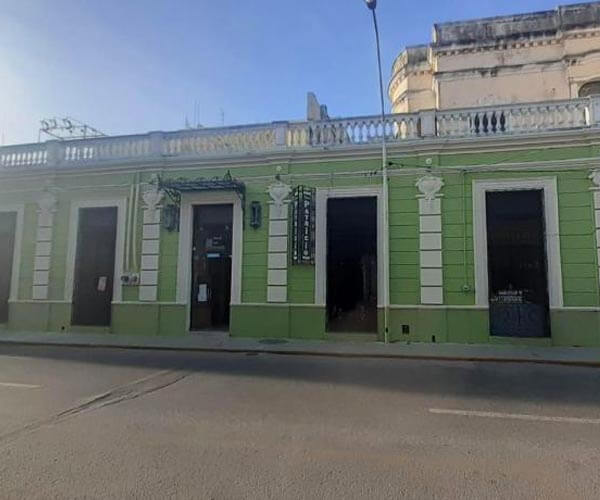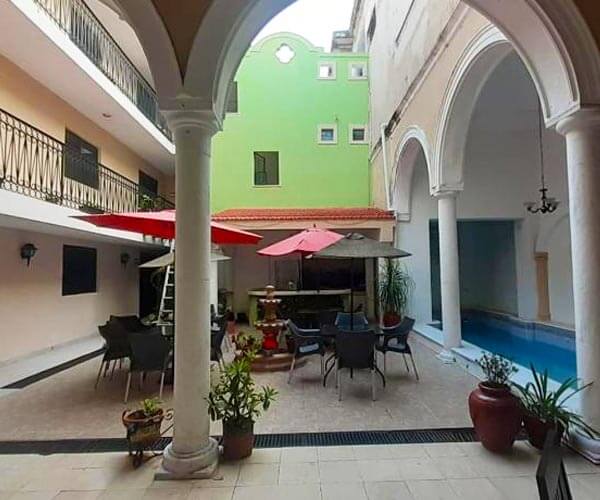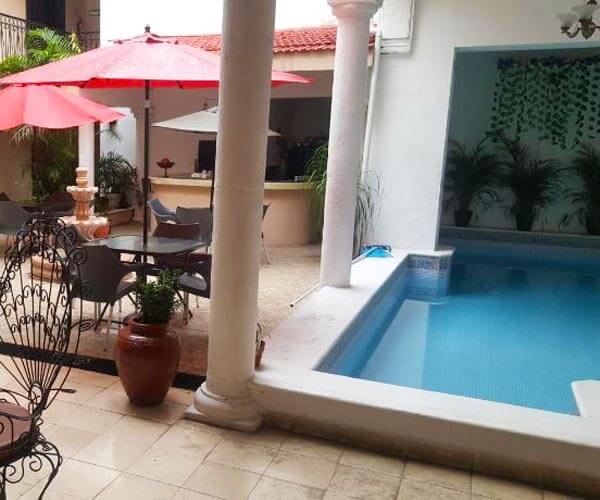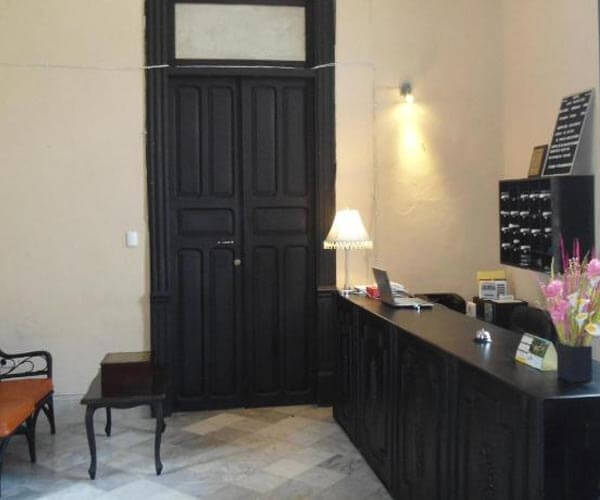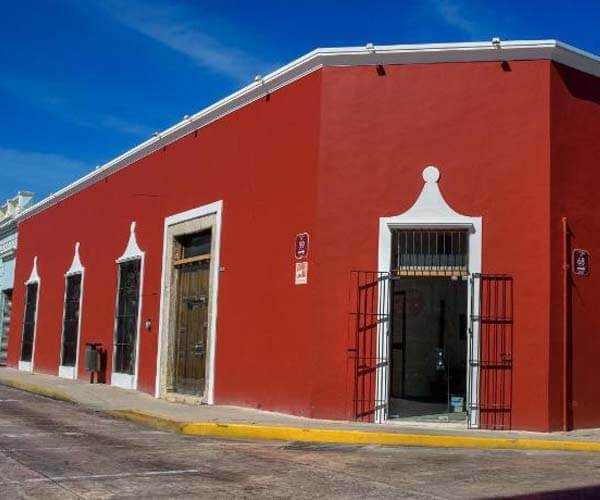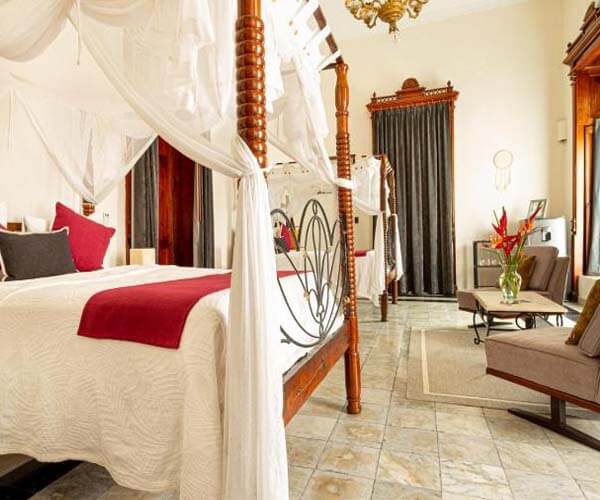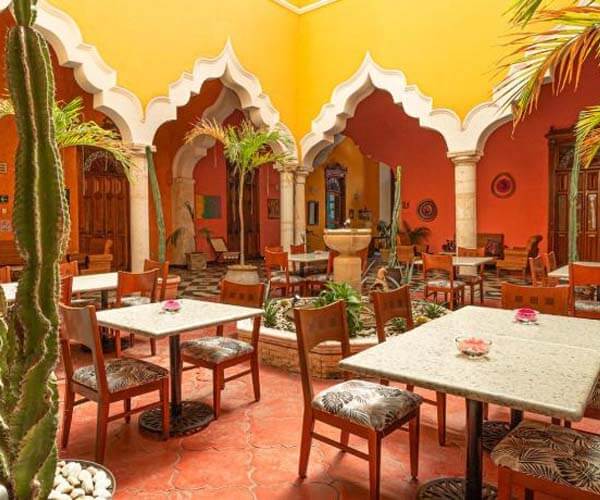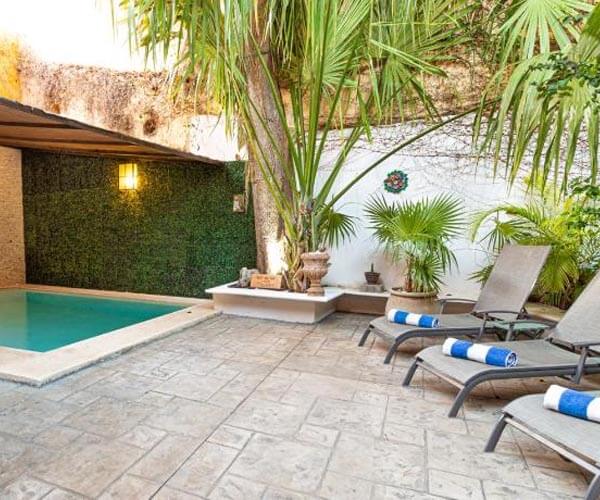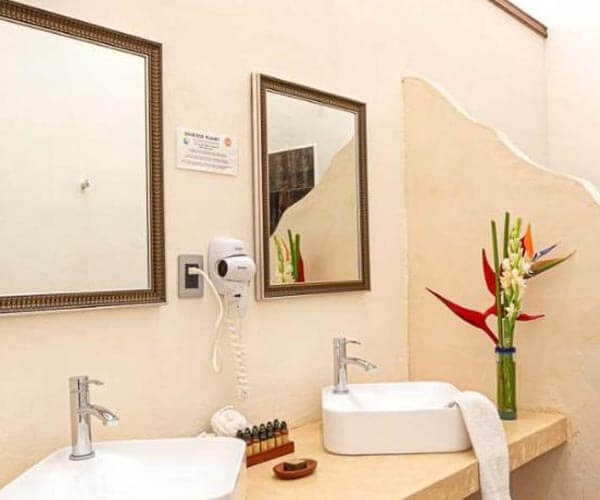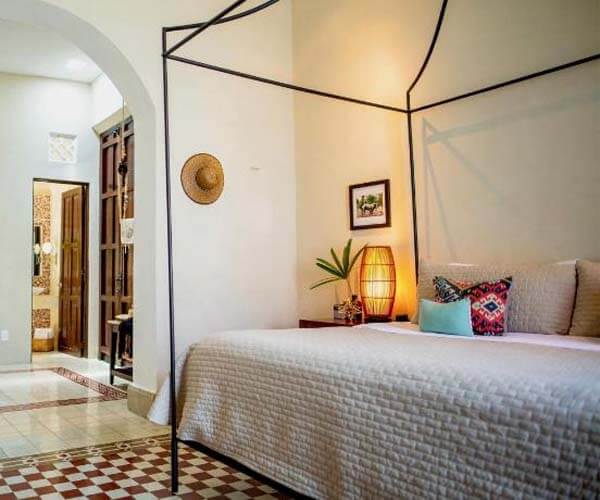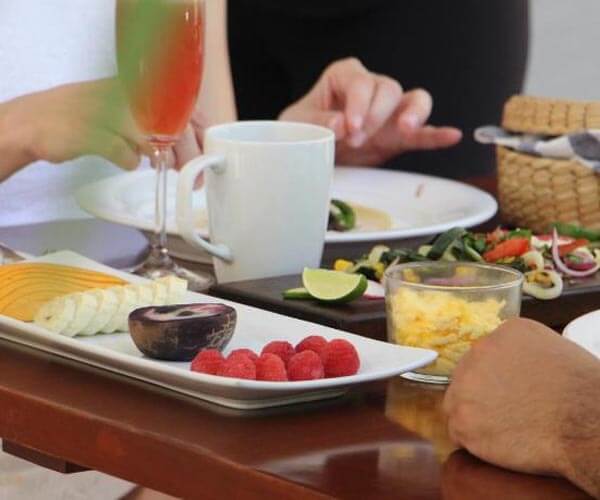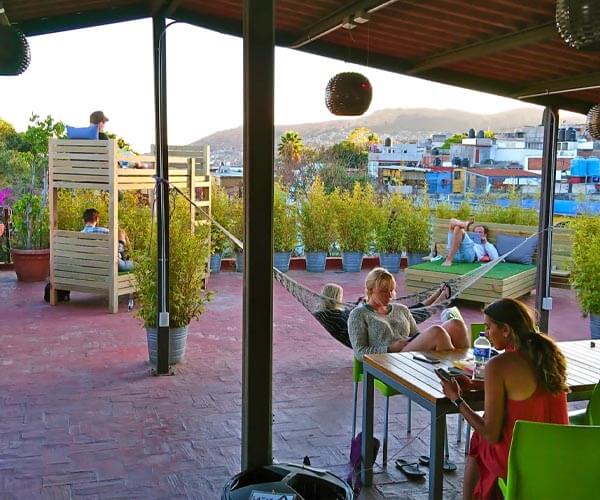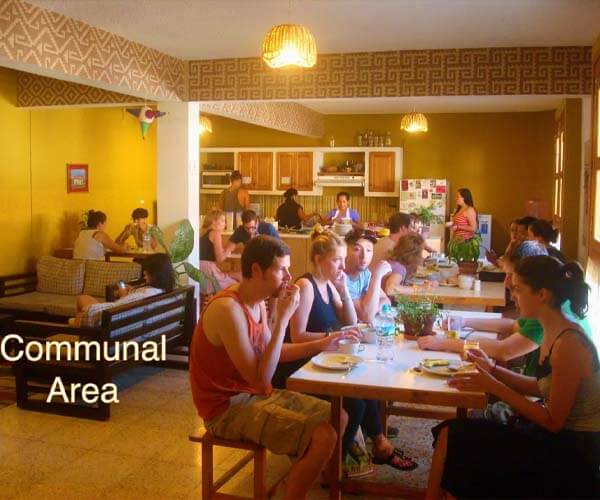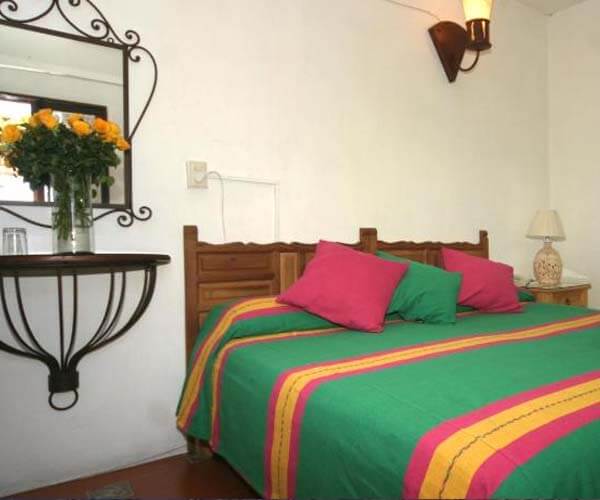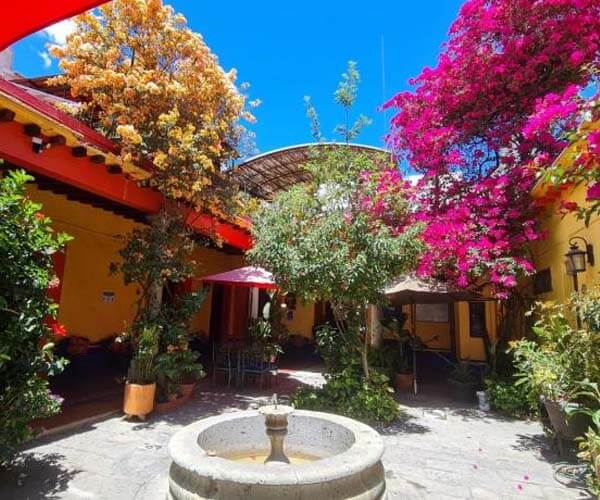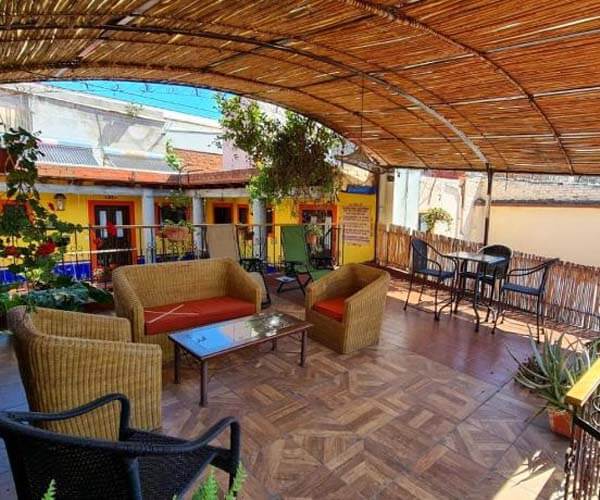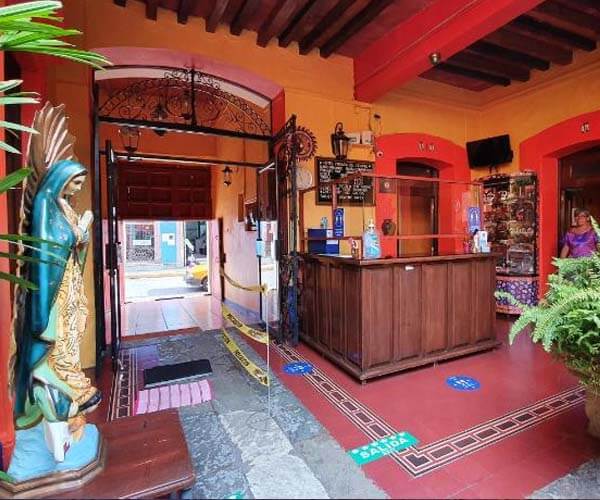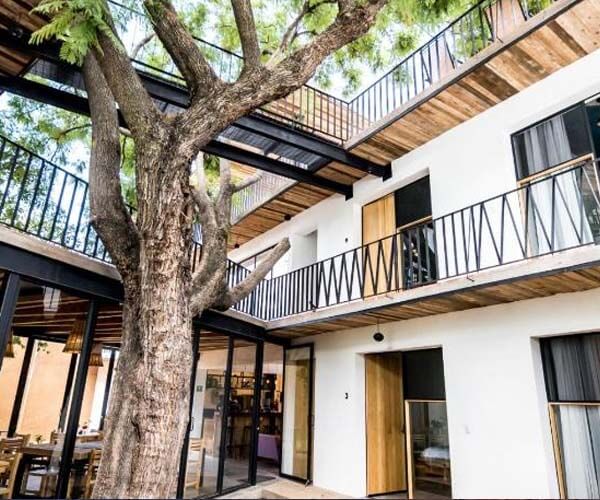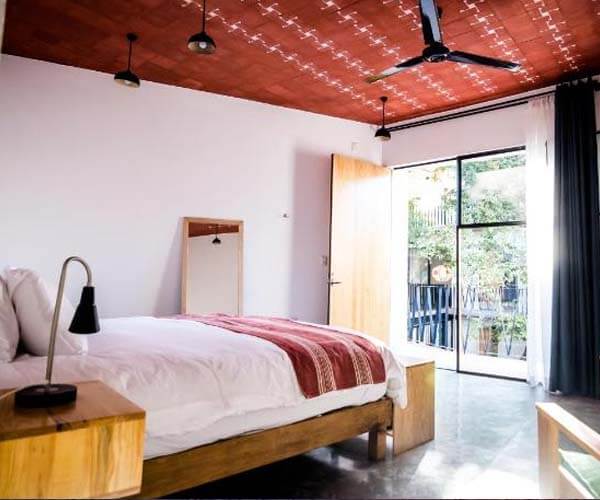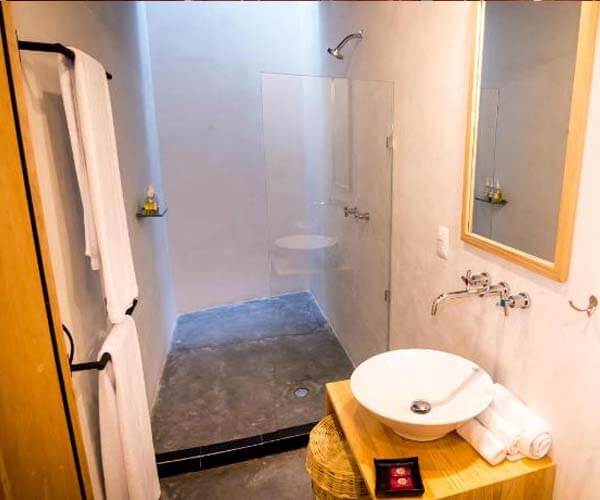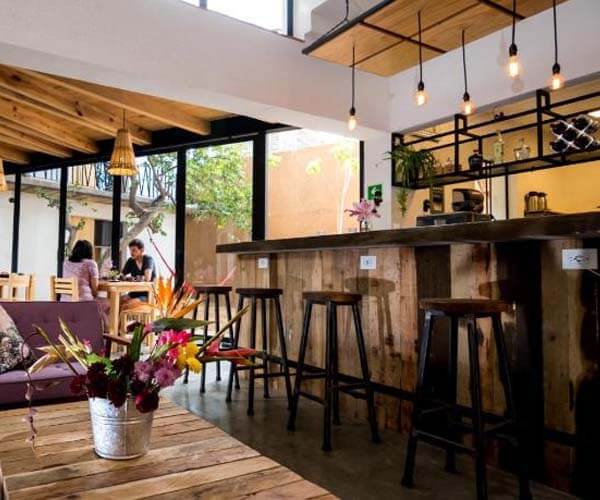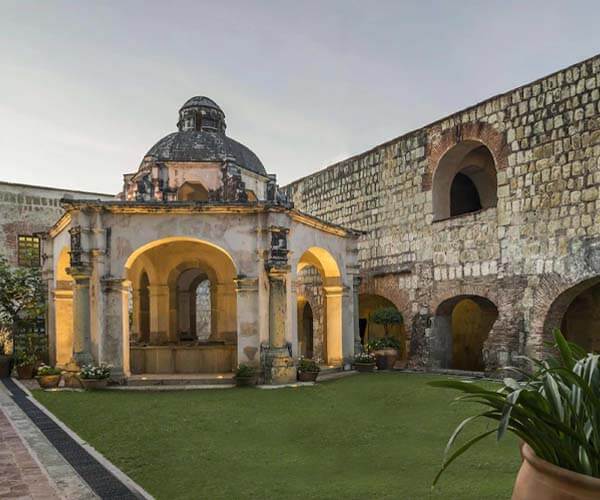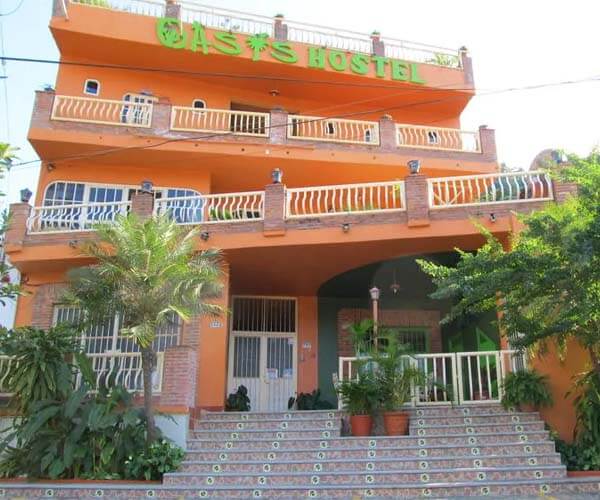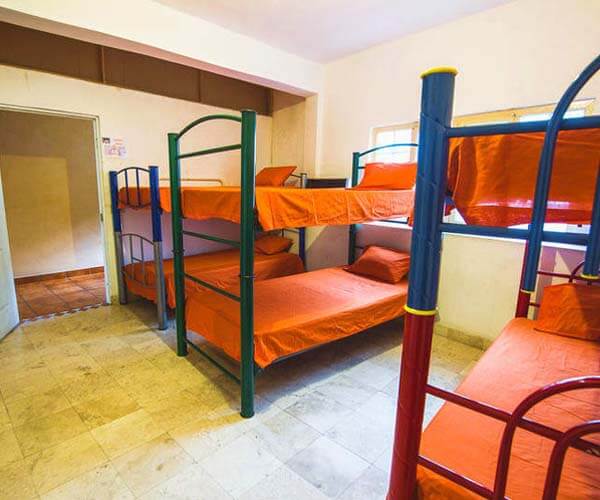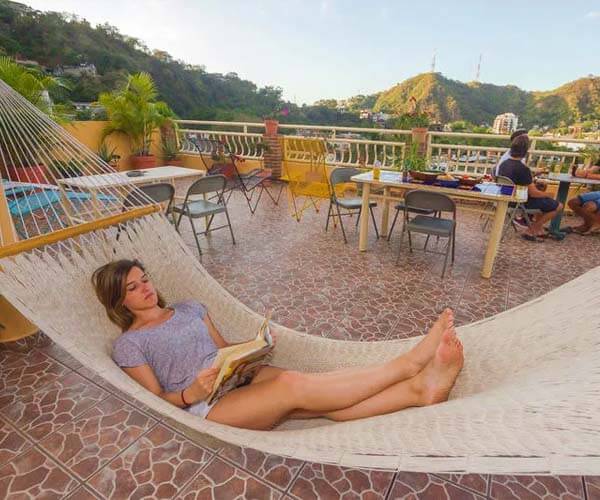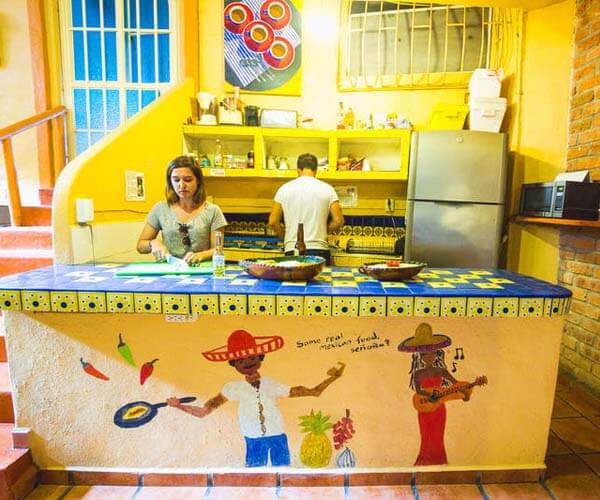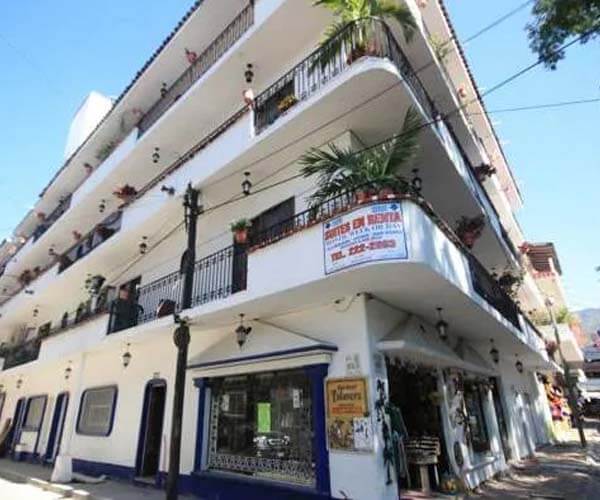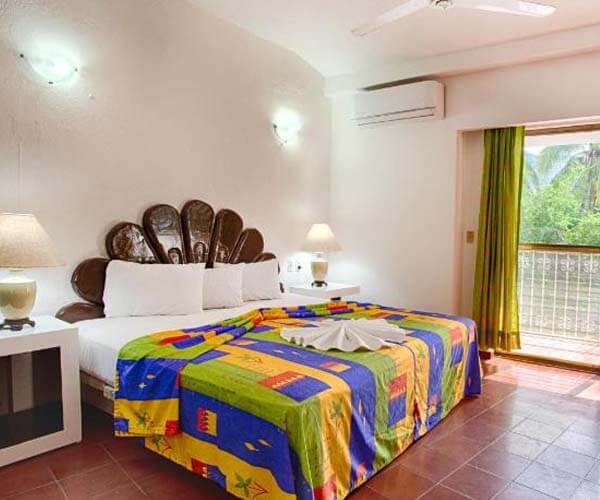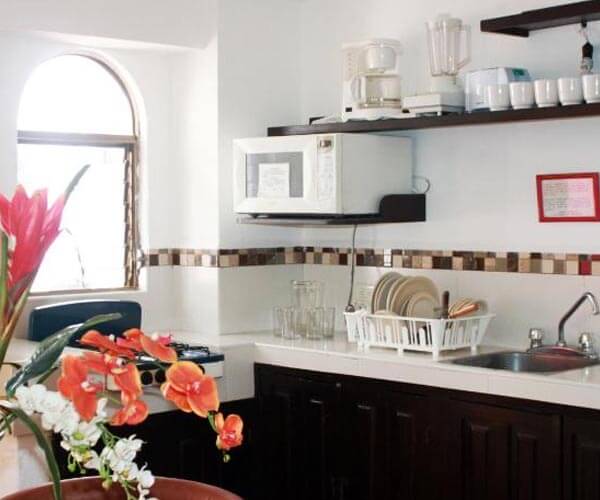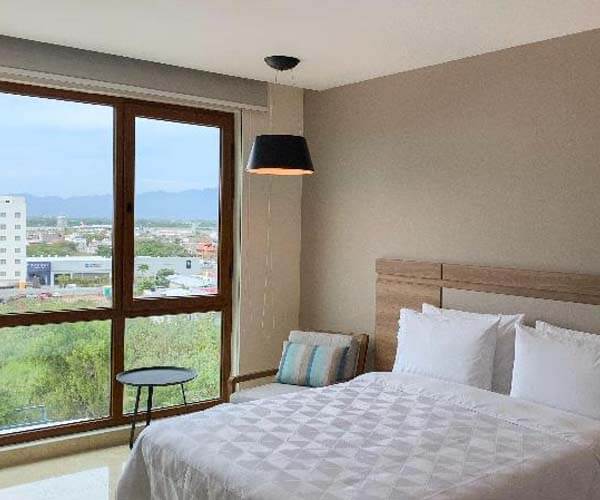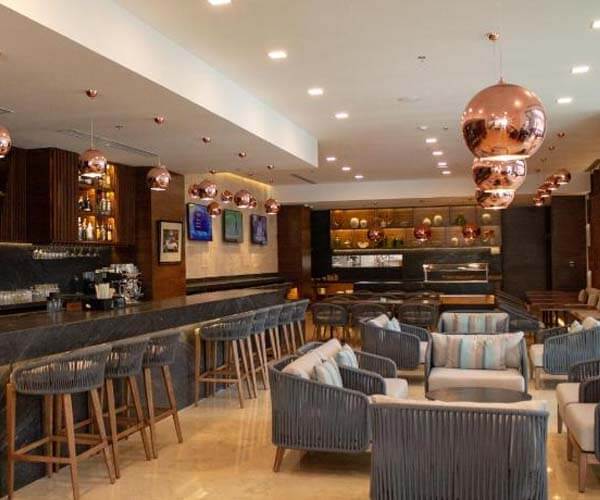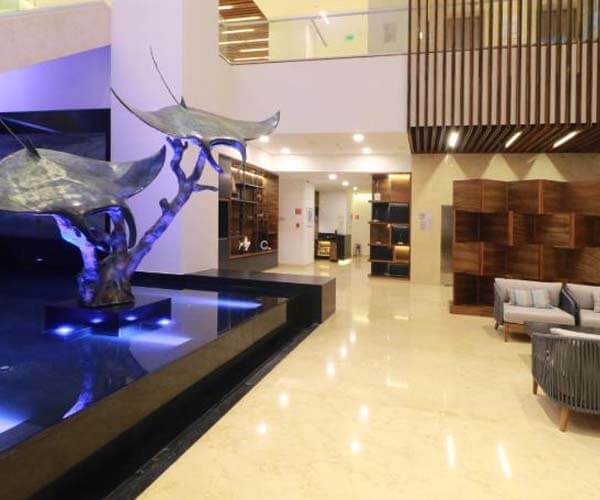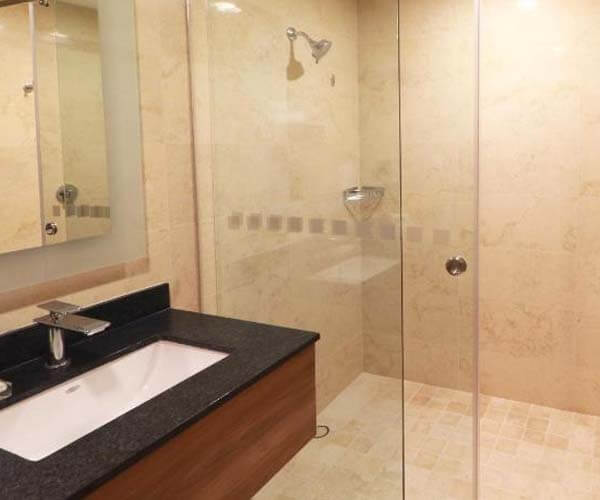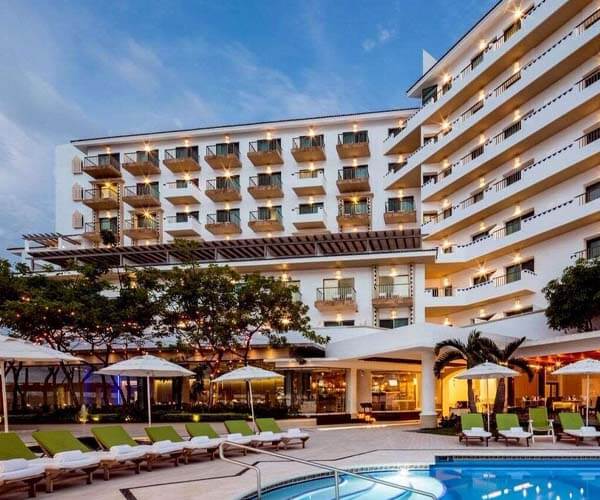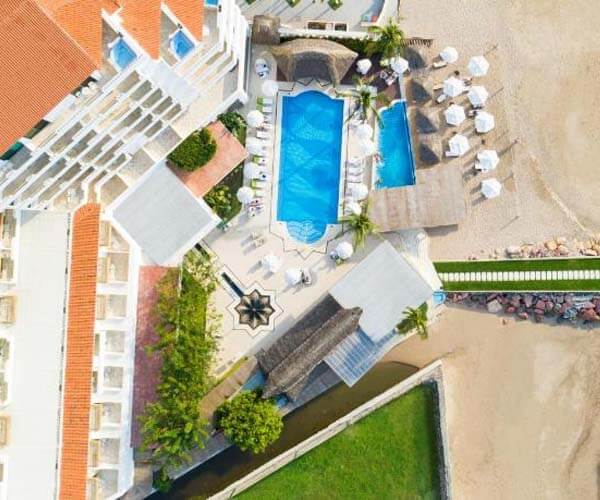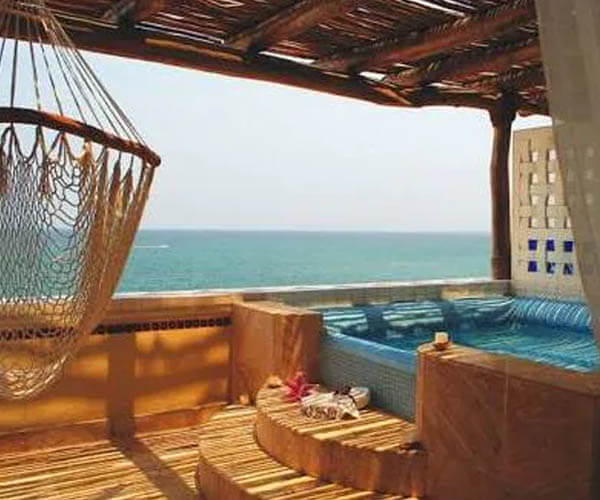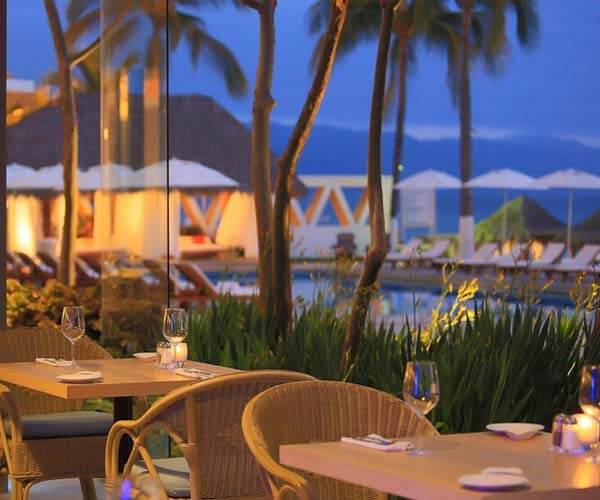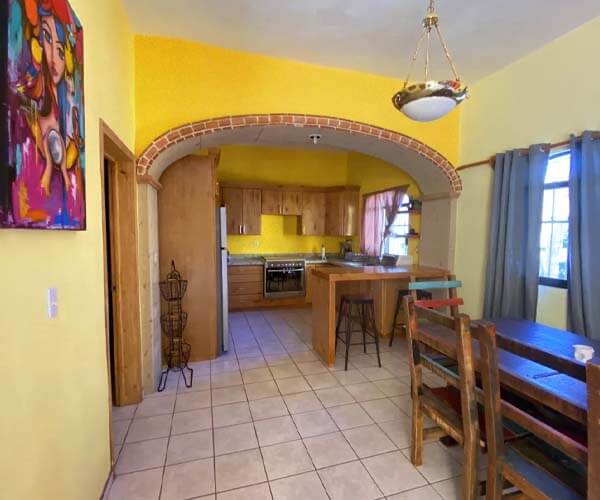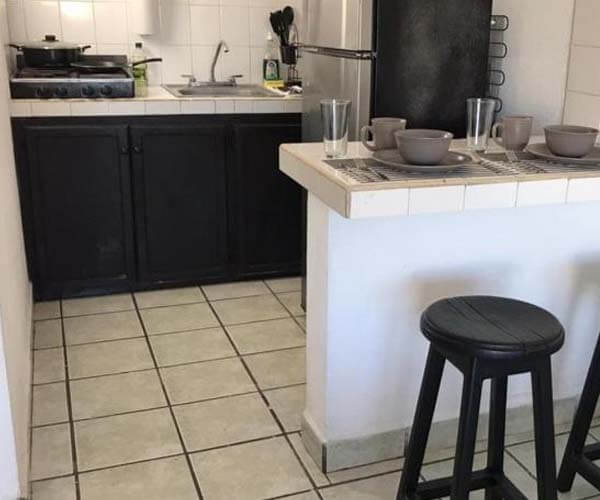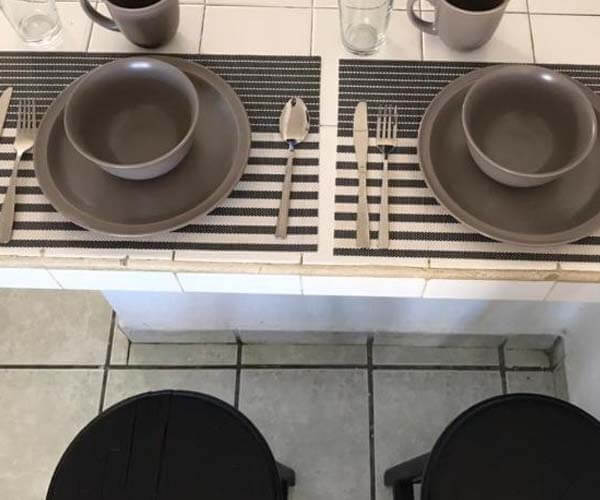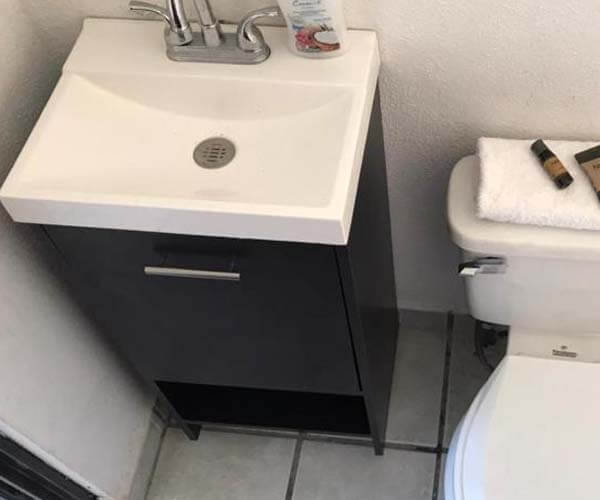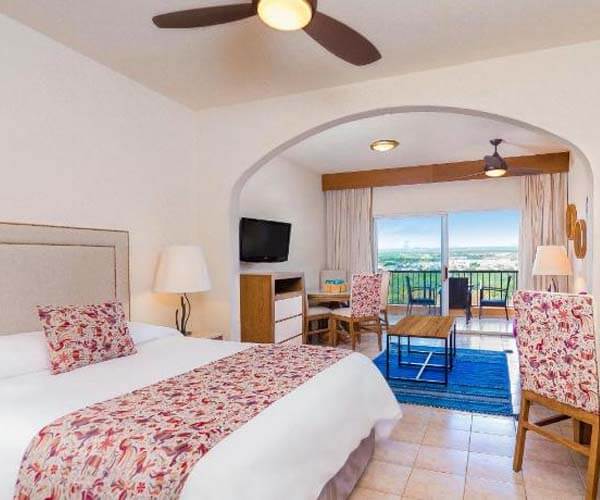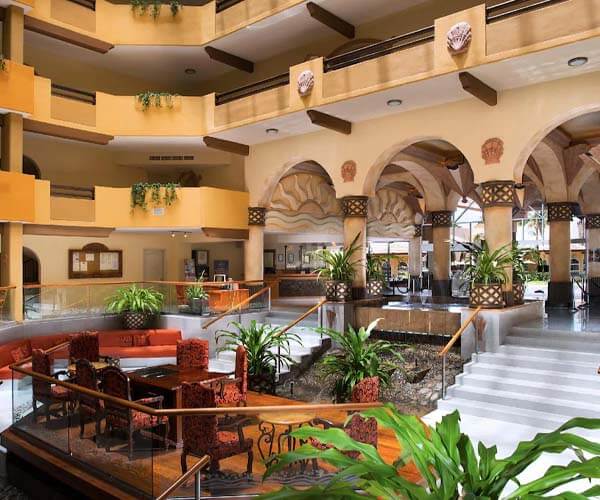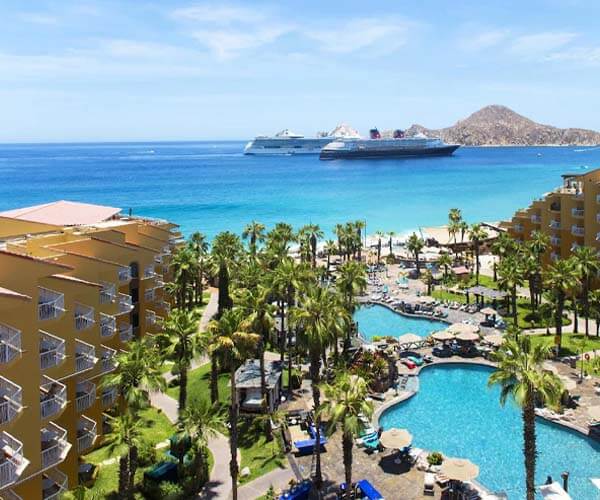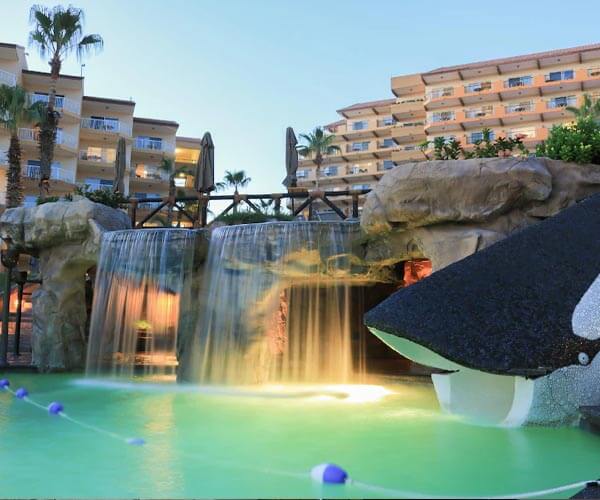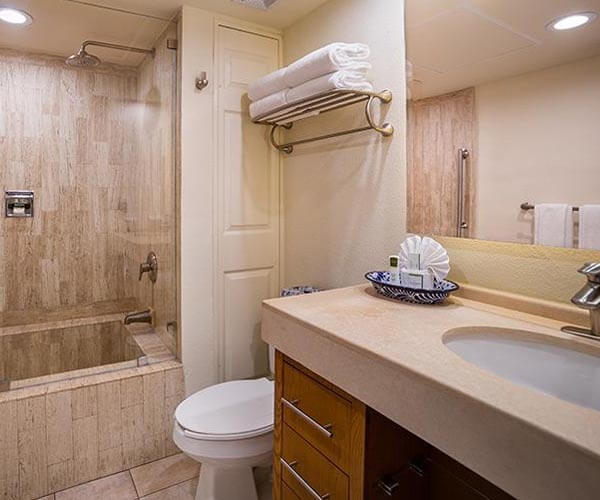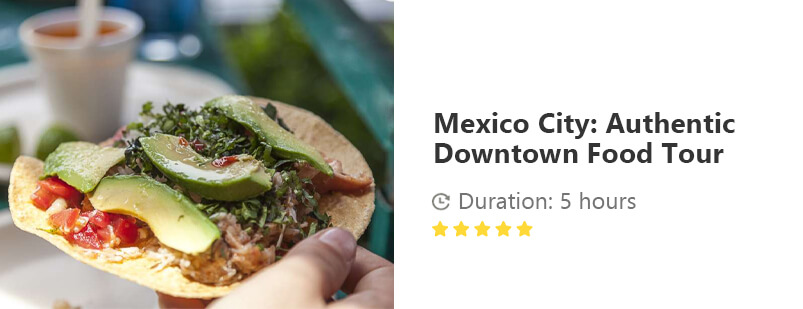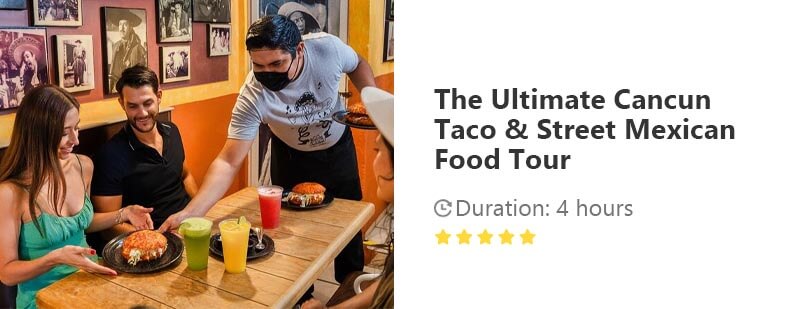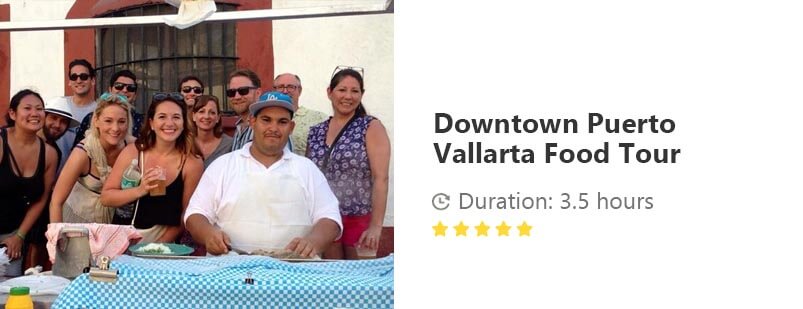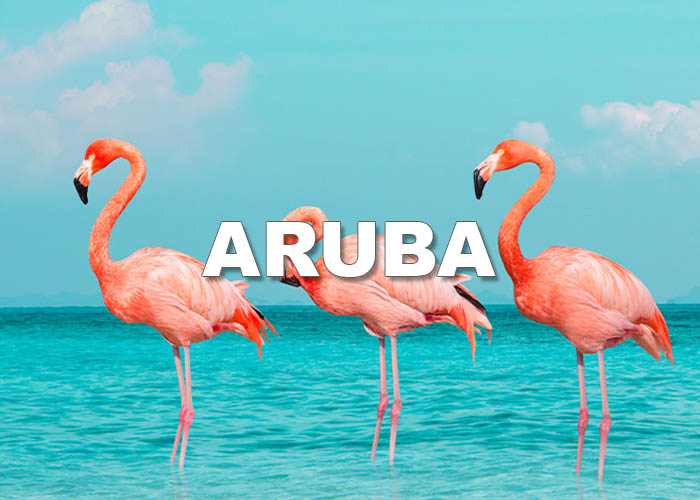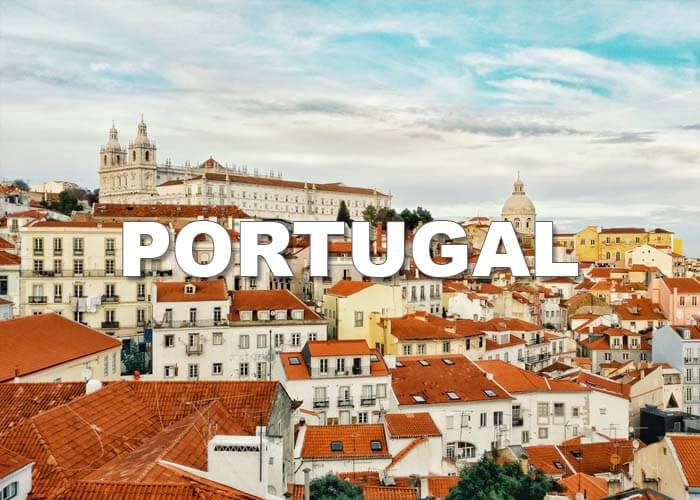
A Traveler's Guide To
MEXICO
This post contains affiliate links. You can help support this site, simply by using my links when booking your accommodation or purchasing your gear. That way, I make a small commission at no extra cost to you – which helps in maintaining the site and keeping it clean of annoying ‘pop-up’ and ‘click-bait’ ads.
WHEN TO VISIT • VISA’S • CURRENCY • VOLTAGE • LANGUAGE • FESTIVALS • TOP THINGS TO DO • BEST PLACES TO VISIT • HEALTH CARE • LAWS • SCAMS • SAFETY • ACCOMMODATION • TRANSPORTATION • WHAT TO PACK • GROUP TOURS • WHAT TO EAT • SUGGESTED READING • MONEY SAVING TIPS • FUN FACTS • FINAL THOUGHTS
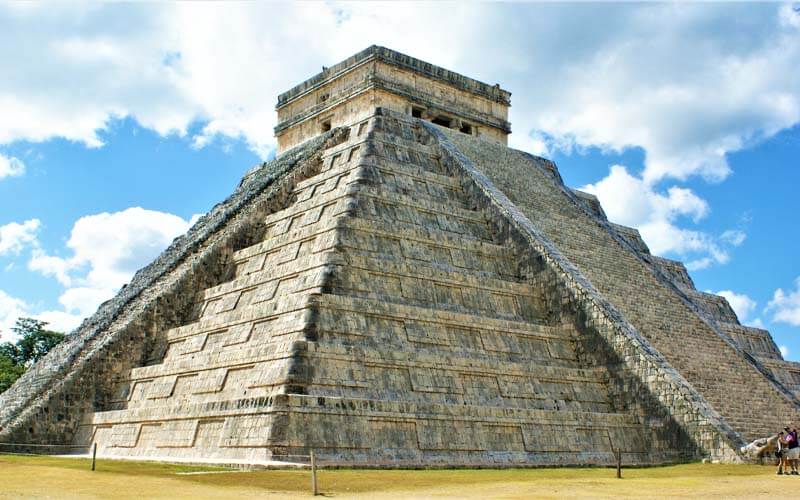
Chichen Itza
The official name for Mexico is ‘Estados Unidos Mexicanos’ (United States of Mexico) and is divided into 31 states plus Mexico City, which is the Capital of the country.
Mexico is known for its warm weather, Mayan ruins, rich history, pristine beaches, crystal clear cenotes, lush jungles, street art, the friendliest locals and an incredible food scene; Mexico is truly amazing!
There is so much to do and experience, that one visit will never be enough. I’ve visited 4 times and am still discovering new wonders and hidden gems at every turn.
Use this travel guide to plan your dream trip to Mexico, getting the low down on what to do, areas to visit, suggestions on where to stay, valuable tips, how to save money and so much more.
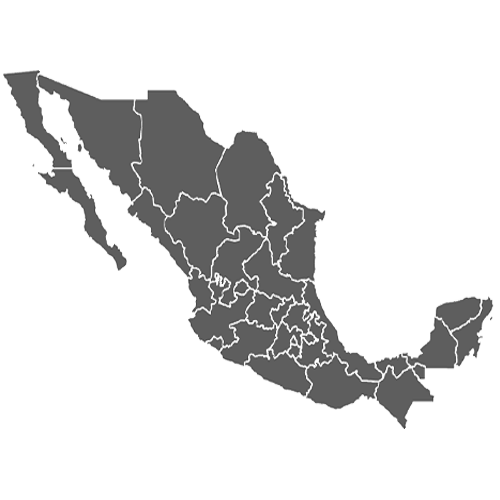
MEXICO CITY
Capital City

When to visit Mexico?
Mexico is a yearly destination but by far the best time to visit is during the dry season, between December – April, when there is virtually no rain and it’s not too humid.
July and August are also popular months to travel to Mexico, with tourists from North America and Europe visiting during their summer breaks. If you choose to visit during this time, be prepared though for some very hot temperatures.
PEAK SEASON:
December – April
SHOULDER SEASON:
May & November
OFF SEASON:
June – October
| Wed | Thu | Fri | Sat | Sun | Mon |
| +23° | +22° | +21° | +20° | +21° | +21° |
| +12° | +13° | +12° | +10° | +10° | +12° |
| Wed | Thu | Fri | Sat | Sun | Mon |
| +73° | +72° | +70° | +68° | +70° | +70° |
| +54° | +55° | +53° | +50° | +51° | +54° |

VISA'S FOR MEXICO
Travelers from most countries do not require a visa in advance to travel to Mexico (which currently includes almost 70 countries). A great resource to know if you require a visa is passportindex.org
All visitors to Mexico are required to obtain an FMM tourist card to enter the country, whether they require a visa or not. You will be required to show your portion of the FMM card upon departure, when leaving Mexico, so do not lose it (otherwise you will receive a fine of $40USD+).
You can either apply for this online in advance https://www.mexicofmm.com/ and print yourself a copy, fill out on the plane or they will provide forms before entering the customs and immigration area, upon arrival
The maximum length of stay that the authorities grant to tourists is 180 days, which cannot be extended. You could be asked to show proof of an outbound flight info, accommodation booking and proof of funds, so it’s always best to be prepared and have these documents ready (especially as it’s up to the border guard to grant you the days allowed upon their discretion and not guaranteed).
If you wish to stay longer for other reasons, such as business, studying or working – you will need to apply for the relevant visa in advance, before arrival. In addition Mexico, like most countries, require that a passport be valid for at least six months beyond the completion of a trip.

CURRENCY IN MEXICO
The currency in Mexico is the Mexican Peso (MXN). The notes are issued in denominations of 20, 50, 100, 200, 500, 1000’s and the coins are issued in denominations of 1, 2, 5 & 10’s.
The US Dollar is widely accepted across Mexico, especially in more touristic areas. Most tour companies, restaurants and even some shops will have their prices in both pesos and dollars – but you will almost always get a better price when paying in pesos!
Try to break your larger bills when you can, such as when paying for tours and in restaurants. A lot of taxi’s don’t carry change, or so they say, and you’ll also need it for tips and those smaller purchases.
Money exchanging tip
Automated teller machines (ATM’s) are the best way of getting cash in Mexico and always give you the best exchange rate.
I suggest using a bank ATM to reduce the risk of card skimming. Also, always scan the area for suspicious looking characters and cover your pin while typing.
For the absolute best bank ATM rates and to save you even more money, check with your bank at home to find out which banks they are affiliated to within Mexico.
*NOTE: If an ATM or a POS (payment terminal) ever offers to convert the charges to your home currency, always refuse this option. This is called ‘Dynamic Currency Conversion’ and the exchange rate will not be in your favor, so just choose ‘no’.
How to keep your valuables safe?
One of the most important aspects of travel is keeping your cash and personal belongings safe. Not many things can ruin your trip like theft can. I personally do this by carrying all valuables in my ‘anti-theft’ carryon backpack while my fiance has a secret cash stash in his money belt.
However an important thing to think about is how to keep your valuables safe on the beach? I love my portable vault when I go for a dip in the sea or at the pool, which I simply attach to my beach chair or table for peace of mind.
Another creative way is to hide your stuff in ‘plain sight’ is with these fake sunscreen bottles or use my ultimate DIY trick of wrapping valuables in a baby diaper (to make it looked used). You can bet your bottom dollar nobody’s running of with that!!!

VOLTAGE IN MEXICO
In Mexico, the standard voltage is 127 V with a frequency of 60 Hz, and there are A and B types of plug sockets used across the country.
If you are coming from the USA or Canada you will not need an adapter. But if you are visiting from Europe, you will need an adapter.

Travel Adapter and Power Bank
Ensuring that you have the right plug when traveling is super important, especially with the voltage compatibility. Just because you can fit it in the hole, doesn’t always mean that you should! By using the wrong voltage not only can it be extremely dangerous, but it could destroy your appliances and/or electronics. As voltage can differ from one country to another you may need to use a voltage converter while in Mexico.
It’s always safest for you to use a universal power adapter. I travel to a lot of different countries and never leave home without mine. There are many on the market but this one covers every region of the world, comes with USB ports, is super cheap and light weight. That’s everything you will ever need in an adapter and you’ll have the peace of mind that you won’t fry your devices.
Another thing I never travel without is a portable power bank. I’ve tried a few so far but the best performing one, without a doubt, is the Anker PowerCore. It’s small, lightweight, comes with 3 high speed USB ports and one battery life is capable of fully charging your phone multiple times before it needs another charge.

LANGUAGE IN MEXICO
The official language in Mexico is Spanish, in addition to 68 indigenous languages. Some people, especially those involved in tourism, will speak English…
I believe that learning a language (or at least trying to) is a big part of traveling well. I always recommend learning some basic words and phrases for any country that you plan to visit. The locals always appreciate your effort and it can be a truly rewarding experience.
To help you get started, I have compiled a few basic Spanish words, for your travels around Mexico;
HELLO
YES
NO
THANK YOU
→
→
→
→
Hola
Sí
No
Gracias
GOODBYE
TOILET?
SORRY
DELICIOUS
→
→
→
→
Adiós
Baño?
Lo Siento
Deliciosa (f.) / Delicioso (m.)
Interested in learning Spanish?
Or any other language for that matter… If you really do want to challenge yourself further and learn more than just the basics, I highly recommend checking out the language learning program uTalk. It’s super fun, interactive and available in 140 languages. I am using it myself currently to learn Croatian.
Alternative ways to communicate
Not being able to communicate while traveling can be frustrating but remember that this is your problem, not theirs. Raising your voice doesn’t magically make people understand English.
Even if your language skills aren’t up to par there are still a few other ways to communicate. You can try with miming, images on your phone or by pointing at symbols on my universal symbol travel tee.
It has 90 useful icons that come in either black or white print, with multiple shirt colors for you to choose from.
Of course, there is also always Google Translate you can use, which is ok for a quick translation but if you want to translate speech and to have any meaningful conversation, it’s pretty useless. That’s where an electronic translator comes in.
Thanks to artificial intelligence, what once seemed like science fiction now has became a reality. The CheetahTALK is not only sleek and easy to carry around, at the press of just one button it provides extremely accurate and instant 2-way conversations.

FESTIVALS IN MEXICO
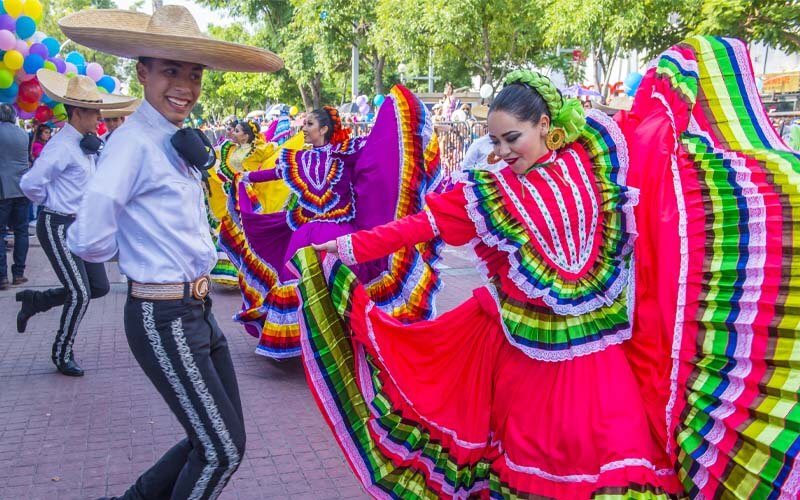
Mexican Dancers
There are so many interesting Mexico festivals and celebrations that offer a great glimpse into Mexico’s culture and traditions. In fact, there is never a dull moment, with more than 5000 traditional Mexican events celebrated annually. Rest assured Mexico has you covered and then some.
Here are some of my favorite festivals you can enjoy in Mexico. If you’re planning a trip, see which ones are on offer while you’re visiting, as it will surely make your trip that even more special!
CARNIVAL (February)
Carnival celebrations in Mexico are some of the most exuberant you’ll find anywhere. More than 200 communities in Mexico hold Carnival events, with the biggest and most reowned of those being held in Veracruz and Mazatlan.
In fact, Carnival in Mazatlan is said to be the third-largest celebration worldwide, following Rio de Janeiro and New Orleans.
Carnival is a multi-day event, similar to Mardi Gras in New Orleans and Carnaval in Brazil. Full of colorful parades, festive floats, street dancing, elaborate costumes and delicious food. Other sizeable celebrations also take place in the cities of Merida, Ensenada and Tepoztlan.
CINCO DE MAYO (May)
Though a big holiday celebration in the U.S. this festival has the reputation of being more popular in the U.S. than in Mexico itself.
Most Mexicans don’t celebrate Cinco De Mayo, in fact it’s really only celebrated in the city of Puebla (located a few hours south of Mexico City). Outside of this, you won’t much if any May 5th Mexico celebrations.
For those who make the trip to Cinco de Mayo in Puebla, it’s an extremely festive time for a week around this date; full of costumed parades, music, battle re-enactments, cultural events and traditional foods.
GUELAGUETZA (July)
La Guelaguetza (also known as Los Lunes del Cerro) is an annual celebration in Oaxaca, the capital of Oaxaca State.
Every July, dancers from all corners of the seven regions of Oaxaca, gather in the capital’s hilltop amphitheatre to perform popular dances while dressed in elaborate and traditional Oaxacan outfits. This is a big festival for a city of this size and tickets sell out well in advance.
For those who wish to attend you will need to book your tickets early and your accommodation (at least 3-6 months in advance).
DIA DE LA INDEPENENCIA (September)
Contrary to popular belief, Mexican Independence Day is not the same as Cinco de Mayo. In fact, that’s about four months from the truth, because Independence Day is celebrated on September 16th.
It is among the Mexican traditions that best represents national pride, that the entire country celebrates, as the start of Mexico’s war of independence. The celebrations themselves last a couple of weeks and are celebrated with artists putting on shows and exhibits, music filling the streets, fireworks and even some costume parties.
Wherever you are in Mexico, you’ll notice an increase in the amount of red, white and green paraphernalia. Head to any town or city square and join in the celebrations!
DIA DE MUERTOS (November)
If you think about annual events in Mexico the Day of the Dead is likely the first thing that comes to mind. This deeply important festival, which honors the dead by celebrating their life, is Mexican through and through.
Dia de los Muertos is NOT to be mistaken as Mexican version of Halloween. Whereas Halloween is a dark night of terror, mischief oh and of course candies, the Day of the Dead festivities unfold over several days (October 30th-November 2nd) in a celebration of color and life affirming joy.
One of the most popular places to celebrate Day of the Dead in Mexico is Oaxaca City, along with Pátzcuaro and Michoacán; although there will be smaller festivals held throughout the entire country.
LAS POSADAS (December)
Marking the beginning of Christmas, Las Posadas (or nightly holiday celebrations) start on December 16th.
The Posadas symbolize the Biblical story in which Joseph and Mary made a month-long journey from the city of Nazareth to the city of Bethlehem, in search of a place to give birth to their baby. The celebrations include traditional songs, and processions of children with lit candles. Not to mention delicious treats that people gorge on while listening to stories of the Lord.
Traditionally, Mexicans eat the main Christmas dinner on December 24th, known as Noche Buena (Christmas Eve). While some families open presents at midnight, others only eat the meal on this day, and don’t open presents until Three Kings Day on January 6th.
With Mexicans off work and students on a school break, many simply head to the beaches. The best time to go to Mexico beaches is from December to April during the dry season, so this is the perfect time for a tropical Christmas in Mexico.
NIGHT OF THE RADISHES (December)
Every December 23rd, crowds gather in Oaxaca’s main square to celebrate maybe one of Mexico’s quirkiest celebration; The night of the Radishes (La Noche de los Rábanos).
Hundreds of competitors create highly intricate sculptures from, yes you guessed it, the humble radish. They fight it out for a large peso prize and, more importantly, the pride of being crowned champion.
Popular radish carvings and sculptures represent animals, mythical creatures, saints, dancers, cathedrals and scenes from everyday life. Fireworks, parades, craft booths, and street carts selling delicious foods are also a part of this whimsical and edible festival.

TOP THINGS TO DO IN MEXICO
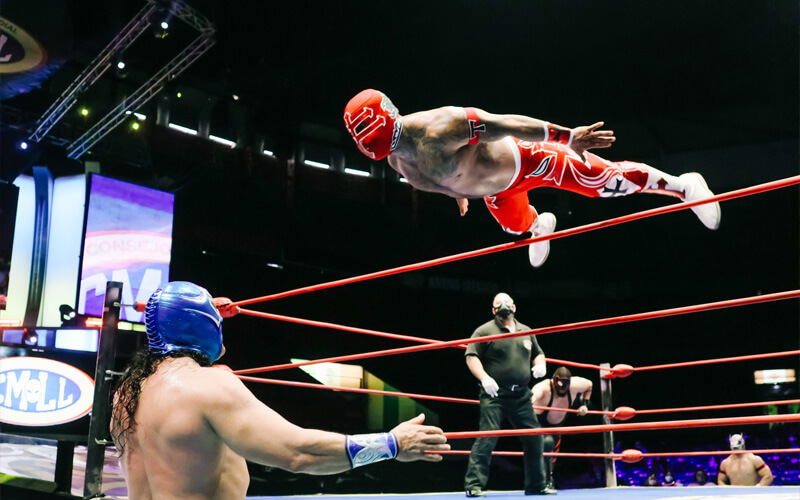
Lucha Libre
Discover Ancient Pyramids, Temples & Ruins
When you travel to Mexico, make sure you don’t leave out the ruins. There are over 4,400 sites located throughout Latin America, with many of them located in Mexico.
Most of these cities were abandoned by the year 900, but what was left behind are remarkable clues to uncovering the details about their history and they are a real sight to behold. One could easily spend a lifetime exploring all the ruins in Mexico.
However, a visit to any of these ancient architectural gems, will undoubtably be one of the highlights of your trip. Here are some of the best Aztec and Mayan ruins in Mexico you won’t want to miss out on!
Chichen Itza:
It’s impossible to talk about Mexico’s Mayan ruins and leave out Chichen Itza. Holding the title as one of the ‘New Seven Wonders of the World’.
It’s believed this ancient former Mayan city dates to the 5th century and once operated as the ceremonial center of the ancient civilization. One of the largest cities in the Mayan world, spread over approximately two square miles, its one of Mexico’s top attractions and continues to wow visitors today.
Teotihuacan:
Located only 30 miles northeast from Mexico City, this ancient city is best known for its two huge pyramids: the Piramide del Sol (Pyramid of the Sun) and the Piramide de la Luna (Pyramid of the Moon).
While its origins are uncertain, Teotihuacan was once one of the most powerful cities in Mesoameric and, considering it was built around 200-450 AD by the Aztecs, it is still in remarkable condition!
Coba:
These ruins are famous because it’s the site of the largest network of stone causeways (also called sacbes or white roads) in the ancient Mayan world. It also makes claim to being the tallest Mayan pyramid in the Yucatan and one of the few that you can still climb.
Unlike other ruins in Mexico though, Coba has drifted relatively under the radar in terms of popularity. That’s because it wasn’t open to the public until the 1970’s because the surrounding jungle was too thick to penetrate.
It’s a popular tourist destination, yet not overrun with tourists, so you’ll still get the forest feel because it’s not as excavated as much as some other ancient Mayan cities. If you climb the step stairs to the top, you will be rewarded with stunning views over the jungle.
Ek’ Balam:
Newest to the tourist radar are the ruins of Ek’ Balam, which is still very much hidden in the jungle, and has quickly made the list of the best ruins to visit in Mexico.
The walled city contains 45 structures, which you are free to climb (including to the top of the main pyramid) for truly amazing views. Ek’ Balam is best known for the preservation of the tomb of King Ukit-Kan-Lek-Tok’, who is buried in the largest pyramid, and who was in power at the city’s height in AD 800.
Tulum:
While the Mayan ruins of Tulum may not seem as grand as other ancient ruins in Mexico, its location more than makes up for anything that it is lacking.
Perched on a cliff overlooking the turquoise Caribbean Sea, its one of the most visited sites in Mexico, with more than two million visitors per year. At its height, in the 13th century, the city was a gateway to connect the Yucatan Peninsula with the people of Honduras and other places in the Gulf of Mexico.
Be sure to bring a bathing suit when visiting, a white sand beach, beneath the ruins, makes an awesome spot to take a dip after touring this ancient city. You can rent a bike (or a quad) from the city center to get to the ruins or check out one of these tours, if not staying in Tulum.
Take a dip in a cenote
A cenote is a natural sinkhole that occurs when a cave ceiling collapses and exposes the groundwater underneath. In the past, the ancient Mayans offered sacrifices in these scared cenotes; today, the cenotes are a special part of Mexico’s landscape.
There are thousands of cenotes all over the Yucatan Peninsula with varying entry prices. Some are quite expensive (especially in the Tulum area) but others are quite reasonable and well worth it. You can’t visit this area of Mexico and not swim in a cenote. It’s one of the most unique things to do!
Swim with Whale Sharks
Mexico is one of the few places in the world where you can swim with whale sharks, which are not really sharks but fish.
Whale sharks are the largest fish in the world and swimming with these giant but gentle creatures is definitely one of the bucket-list things to do, while in Mexico!
The best two places you can experience swimming with Whale Sharks in Mexico are La Paz (Baja Peninsula Oct-Feb) or Isla Holbox (near Cancun May-July).
Learn about Frida Kahlo
The infamous Mexican painter, Frida Kahlo, was born and died in La Casa Azul; located in one of the oldest neighborhoods in Mexico City. The Blue House has now been transformed into the Frida Kahlo Museum and is well worth checking out.
You can see some of her paintings, dresses, beauty products, photos, the bed she slept in and even her wheelchair – all offering insights into her remarkable life. It makes sense that the museum is one of the most popular places to visit in Mexico City.
Cheer on Lucha Libre Wrestlers:
Maybe wrestling isn’t your thing, I get it. But Lucha Libre is intrenched into Mexican culture and those masked Luchadores are simply iconic!
So, what exactly is Lucha Libre? Well, think WWE Mexican style. While not ‘real’ wrestling, seeing one of these comically choreographed and theatrically acrobatic fights is certainly a fun way to spend an evening, and I promise like nothing you’ve ever seen before.
You may be able to find smaller arenas throughout Mexico, that will probably take some researching with the locals, however Mexico City is the main area you can catch these matches (although recently Cancun has added a large arena).
So, grab some beers at the concession, get comfy in your seats and be prepared to be entertained. Lucha Libre matches are popular amongst locals and it’s a fun time watching them cheer for their favorites.

BEST PLACES TO VISIT IN MEXICO
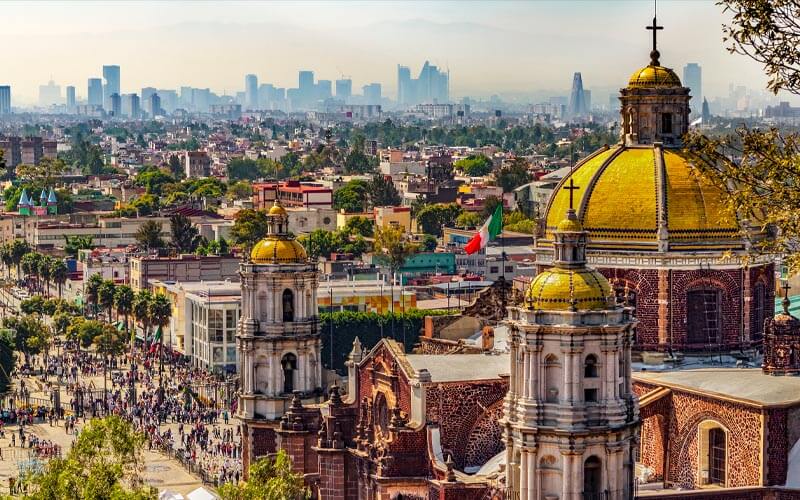
Mexico City
There are way too many wonderful places to visit in Mexico to be able to list them all. Here are some of the more popular destinations – remember you can always use these areas as a base, to explore even further on day trips.
MEXICO CITY
Mexico City (abbreviated as CDMX) is the densely populated capital of Mexico and lies at an altitude of more than 2,200 meters in the Anahuac Valley, surrounded by spectacular mountain ranges. In fact, the city’s location is truly breathtaking, complete with two magnificent snow-covered volcanoes.
Spanish conquistadors founded the city in 1521, however it’s one of the oldest continuously inhabited urban settlements in the Western Hemisphere. It is also the political, economic and cultural core of Mexico.
As you can imagine, with all this history it’s a museum mecca, filled with old school cantinas, intriguing architecture, amazing street art and ancient canals. With so much going on, you might consider scrapping those beach plans and discovering all the corners and hidden gems, it has to offer.
Here are some of my top picks of the best things you can experience while visiting Mexico City:
CANCUN
This world-class destination in Quintana Roo state, is on many a Mexico travel bucket list. ‘Spring break forever’ was once the unofficial Cancun motto, but Mexico’s most famous party town is more than just wild nightlife. The beaches are also a huge draw, as it borders the turquoise waters of the Caribbean Sea, so intense they seem painted!
Cancun comprises of 2 distinct areas: the more traditional downtown area (El Centro) and a beachfront strip of hotels, nightclubs, shops and restaurants (Zona Hotelera). Don’t worry though, if you’re here for a party, Cancun still has what you need. Clubs like Coco Bongo, Hard Rock Cafe and The City keep the good vibes going until late. And when you’re ready for a break, the white sand and the neon blue waters of the Caribbean Sea are never more than a few steps away.
TULUM
Home to some of Mexico’s only waterfront Mayan ruins, Tulum appeals to history buffs and water lovers alike. Not necessarily known as a budget-friendly destination, the area offers numerous lodging options; ranging from hostels, cheap rooms, boutique hotels, wellness retreats to luxury all-inclusive resorts.
There are two places you can stay, in town or on the beach (the beach being the most expensive, and I mean expensive!). Regardless of where you stay, you can spend time lounging on beaches, swimming in secluded cenotes, or just being a part of the ‘tuluminati scene’.
Apart from the lure of the turquoise Caribbean Sea and the white sand beaches, the ‘beach side’ of town is home to chic restaurants, swanky beach clubs and bohemian coffee shops – basically an Instagram heaven.
Be sure to swap the laid-back Tulum beach strip for the buzzing atmosphere of downtown Tulum for at least one evening though – your wallet will thank you!
MERIDA
As the capital of Yucatan, Merida oozes culture, which is visible around every corner. Nicknamed ‘The White City’, you certainly will see off-white structures while strolling around the streets of this charming colonial city. Yet the white buildings seem to be outnumbered by colorful pastel dwellings, adding a vibrancy to Merida’s colonial architecture.
Like most colonial cities, Merida boasts central plazas and beautiful cathedrals, but Merida is also known as the safest city in Mexico and a much more affordable option, compared to coastal destinations.
Although not located on the coast itself, nearby beaches are easily accessible. Those looking for Mayan ruins are also in luck, as many ancient archaeological sites are close by making it a perfect all-round destination.
OAXACA
Oaxaca State and Oaxaca City are both seriously awesome places to go in Mexico. Full of culture, art, vibrant markets, delicious food, as well as all the gorgeous cobblestone streets and colorful buildings that your Mexico dreams are made of!!!
Situated at more than 5,000ft above sea level and surrounded by the stunning ‘Sierra Madre del Sur’ Mountain Range, travel to this colonial city in southern Mexico will also be easy on the wallet (as it’s one of Mexico’s most affordable destinations).
PUERTO VALLARTA
Puerto Vallarta in Jalisco, Mexico sits on the Pacific Coast and is one of the most popular beach destinations in the country. If you’re looking for excellent all inclusive beach resorts, lush jungle scapes, scuba diving and snorkeling opportunities – then look no further than Puerto Vallarta.
This picturesque Mexican beach town is flanked by the Bay of Banderas (with it’s golden beaches) on one side, and the Sierra Madre mountains on the other creating a picture-perfect setting.
One of the special things about Puerto Vallarta is that it’s much more than a beach town, it’s one of the true coastal cities in Mexico, with the big city amenities many of Mexico’s other beach towns tend to lack.
CABO SAN LUCAS
Cabo San Lucas is a Mexican beach resort city, on the southern tip of the Baja California Peninsula. Rated as one of the top tourist destinations in Mexico, it is known for gorgeous beaches, 350 days of sunshine each year, water activities, top notch golf courses and also luxury resorts.
Cabo also has a vibrant nightlife, including ‘Squid Row’, the city’s most legendary party district. It also sits on the Sea of Cortez, which has one of the most beautiful coral reefs in the world.
The beaches here are beautiful but primarily for sunbathing, due to steep ocean floor drop-offs and strong undercurrents. A must-see Cabo attraction for every traveler though, is the Cabo San Lucas Arch (El Arco) the iconic landmark of Cabo.

HEALTH CARE IN MEXICO
Overall, the healthcare system in Mexico offers very good standards and operates efficiently. Healthcare is affordable and in every medium/large city there is at least one first rate hospital.
Many doctors and dentists in Mexico go to medical school or do extra training in the United States or Europe. As such, there is a high percentage of doctors who also speak English.
Another big plus is that the cost of healthcare in Mexico is generally less than half of what you might expect to pay, in countries such as the U.S., with the same going for prescription drugs.
Recommended vaccinations for those traveling to Mexico include Hepatitis A & B. Also the prevention of mosquito bites is important as Dengue fever and the Zika virus can be transmitted through them in Mexico. I prefer to carry a solid mosquito repellent balm. It’s super convenient and it smells good too 😉
Diarrhea caused by contaminated food or water is also very common in Mexico. To avoid this DO NOT drink the tap water, get yourself a filtered water bottle, wash fruits and vegetables and be sure to cook meats thoroughly.
Travel Insurance
With the risk of trying not to sound like your mother, travel insurance is one of the most important investments that a traveler can make. Travel insurance assumes particular importance while traveling abroad, simply because of the number of risks associated with it.
Life happens and horrible things can occur that are out of our hands. Bad things can happen everywhere, even in the safest of places. You could get hit by a car, fall down a flight of stairs or have your bag snatched from you!
These are the best companies that I have thoroughly researched, used myself and highly recommend:
Safety Wing – it’s the cheapest, they cover all types and durations of travel – perfect for digital nomads, they have covid-19 in it’s policy, you can purchase or extend even if you’re already on the road and they cover up to age 69.
World Nomads – they cover everything previously mentioned by Safety Wing however become the cheaper option between age 39-69, cover the more adventurous and dangerous activities (such as scuba and sky diving) and they also cover loss of electronics.
Insure My Trip – After age 70 (not that I have obviously used them myself) my research has shown that is most likely is your best option, in both excellent coverage and price.

LAWS IN mexico

The legal drinking age in Mexico is 18 but it’s important to note that it’s illegal to drink on the street. Locals and travelers alike can be fined or jailed for public intoxication.
If you are renting a car in Mexico, do yourself a favor and avoid speeding, running a red light, using a cell phone or any other traffic offense – if caught the police will pull you over and give you a ticket. If this happens to you, always remain calm and respectful and if you are given a fine, ask the officer to take you to the local police station to pay for it legally.
However, you may be asked for a mordida (aka a bribe). Despite bribes being illegal and the efforts of the government trying to put a stop to this practice, some (not all) police try to solicit a bribe, as a form of intimidation (particularly from tourists). If this happens to you, don’t pay it.
Politely and firmly decline and request to be taken to the local police station so you can process the fine legally. If the officer keeps insisting, then ask to go to the station to speak to the police chief. More times than not, that will end the interaction and they will go away.
Here are some other interesting (albeit strange) things to note that are also illegal in Mexico:
- Wearing shorts If you’re a man in Mexico.
It technically remains illegal to wear anything but pants according to an old law. It’s said that Mexico was trying to prove itself to be as modern as other nations and wanted to enforce that with a bizarre male dress code. It’s highly unlikely (like zero chance) you’ll be arrested for it nowadays, but you are still technically a law breaker if you go bare legged. - Drinking in the 72 hours before an election, whether you are a citizen or not.
Drinking in the 72 hour period leading up to a state or national Mexican election is completely banned. Along these lines, you’ll find it tough to get your hands on alcohol from shops on Sundays and during the Holy Week (Easter) period too. - Taking your feet off the pedals of a bike
Another strange Mexican law that could technically (but not at all likely) see you arrested is the one about removing your feet from your bike pedals. This was a law passed in the 19th century after an accident between a coach and a cyclist. Cyclists were banned, from that point on, to remove their feet from their bike pedals for fear they could lose control and crash. So, if you’re thinking of pulling off some cool bike tricks in Mexico, you might want to reconsider!

SCAMS IN mexico
Mexico is a pretty safe country to travel to if you use common travel sense and remain vigilant, like anywhere. There are areas that are safer than others though (check your countries current travel advisories and stay away from ones not recommended).
Most visits are trouble free and there is certainly no need to be paranoid, however visitors do need to exercise caution in regard to petty crime and tourist targeted scams.
Timeshare Scams;
Yay, you’ve arrived; grabbed your bags, passed through customs and eager to begin your holiday, only to be confronted with highly motivated sales reps trying to immediately sell on you the best deals on accommodation, free transfers, and tours that all seem too good to be true.
Well, they are too good to be true, the catch is that you will need to attend a high-pressure sales presentation, which will easily eat up half a day. Do not fall for this, reply with a “no gracias” and keep on to your already arranged transportation method, to your pre-booked accommodation.
Restaurant Scams;
Where there are tourists, there are restaurant scams. Mexico’s version of this could included any of the following;
-Adding items which you did not order.
-Adding a tip, hoping you don’t notice.
-Providing tourists a different menu with more expensive prices than the local menu.
-2 for 1 specials which really aren’t that special (regular prices or in the case of drinks, watered down).
My rule of thumb when I travel is that if there are no locals in there, it’s probably a place that targets visitors. Walk a few blocks away and you’ll usually find better prices and way better tasting food.
Snatch Thefts & Pick Pocketers;
This is prevalent in Mexico and can happen many ways. One person may distract you while another steals from you and escapes.
At the pool or the beach when you are relaxed or head out into the water. On any form of public transportation by grabbing and running off at a station or with unattended luggage.
Breaking into your car to take valuables left in plain sight, and at ATM machines snatching the cash as soon as it is dispensed.
Always avoid laying items on tables or carrying items in your hand, while walking. Keep an eye on your belongings and use bags that can be locked to another object and/or an anti-theft bag.
Also don’t wear flashy and expensive jewelry and try not to carry too much cash on you each day.

SAFETY IN MEXICO
For any kind of emergency dial 911
As mentioned before, some areas of Mexico are safer to travel to than others. Check the travel advisories issued by your country, as in some areas this could include an increased risk, such as reports of kidnappings.
Be sure not flaunt your valuables and make sure to watch your belongings at all times. Make copies of your personal documents, including your passport. Forward your itinerary along to loved ones so they know where you are.
For that extra bit of security, especially for solo female travelers, you may want to also consider a portable door lock or a personal alarm.

ACCOMMODATION IN MEXICO
The accommodations in Mexico can vary greatly and there are certainly no shortage in choices. You can even stay in a Giant Tequila Barrel in the city of Tequila – I mean how cool is that?! Here are some of my other favorite places to stay, broken down by area and budget:
*Note: Click on image to enlarge. Use the X on top right corner to exit.
MEXICO CITY
HOSTEL: Wanderlust District
ECONOMY: Hotel Astor
MID RANGE: Kali Centro
LUXURY: Hyatt Regency
CANCUN
ECONOMY: Hotel Luma
MID RANGE: Aloft Cancun
LUXURY: Fiesta Americana Condesa
TULUM
HOSTEL: Chill Inn Hostel
ECONOMY: Cenotes Casa Tortuga
MID RANGE: Cacao Tulum Luxury Condos
LUXURY: Tago Tulum by G Hotels
MERIDA
HOSTEL: Hostal Barrio Vivo
ECONOMY: Hotel San Patricio
MID RANGE: Viva Merida Hotel
LUXURY: The Diplomat Boutique Hotel
OAXACA
HOSTEL: Casa Angel Hostel
ECONOMY: Hotel Posada del Centro
MID RANGE: Hotel con Corazon
LUXURY: Quinta Real Oaxaca
PUERTO VALLARTA
HOSTEL: Oasis Hostel
ECONOMY: Suites Plaza del Rio
MID RANGE: Holiday Inn & Suites Puerto Vallarta
LUXURY: Villa Premiere Boutique Hotel
CABO SAN LUCAS
HOSTEL: Sofia Hostel Cabo
ECONOMY: Black and White Studio
MID RANGE: Villa del Palmar Beach Resort
AIR BNB
If living like a local in your own space is more your thing, then AirBNB can be an excellent choice in Mexico. Of course though, with all of the popularity the platform has gained, prices and fees have certainly increased.
HOWEVER there is absolutely no need to pay full price for an Airbnb! Click here to find out one of my ‘TOP TRAVEL HACKS’ and how you too, never have to pay full price ever again!

TRANSPORTATION IN MEXICO
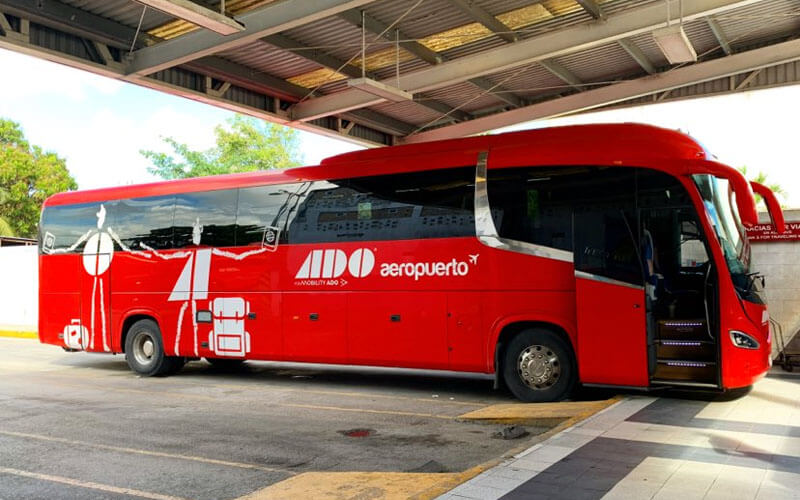
ADO Bus
Transportation from the Airport
Unless you have pre-arranged for a private transfer or your resort is picking you up, the bus company ADO is your best option.
They are the main bus company that serves most of the country, affordable, modern, air conditioned and there is no need to pre-purchase (just buy your ticket at the airport and wait for the next bus).
ADO will take you to their depot in your destination city, where you can either walk to your accommodation or take a ‘cheap’ taxi
Metro
Mexico City and Guadalajara have great metro systems, and I highly recommend using them. They are cheap, fast and convenient; with tickets only costing 5 MXN pesos (0.25 USD) each.
It’s a good idea to buy many tickets at once, or put credit on a reusable card, so you won’t have to wait in line at a busy station during rush hours.
Bus
Local towns and cities will have a local bus system, which can take a little figuring out, and they are by far (except for walking of course) the most affordable way to get around.
They are typically loud, fast and cheap. Local buses usually will have the places in the city that they pass through written on the windshield or you can just ask the driver.
You might see some bus stops and shelters on busy roads, but most of the time you can simply stand anywhere on the road and wave down the bus.
Colectivo
This is my favorite way to travel in Mexico for cheap, especially for day trips.
These passenger vans (that seat 15) serve the same purpose as local buses and just like with local buses, the destinations are written on the windshield.
Colectivos are especially common in the south, such as popular tourist destinations like Oaxaca, Chiapas and the Yucatan Peninsula.
Taxi/Uber
Apart from taxis located at the airports, taxis elsewhere in Mexico are usually quite affordable. In most places taxis don’t have meters, so always be sure before you get in, to negotiate the price to your destination.
However, beware in some parts of Mexico, it is not safe to hail taxis on the street. Rather, ask the person at the front desk of your hotel to call a taxi for you or find the number of a taxi company and call for one yourself. If you must hail a taxi on the street, make sure that it is in decent condition and does not have tinted windows.
Check for a laminated paper in the window with the driver’s picture, name and other information. To be extra safe, its always a good idea to take a photo of these credential (or at least the license plate) and immediately send it to someone, and make sure the driver sees you do this.
Uber can be a safer and more convenient option, but unfortunately they don’t operate in every town and city.
Railroad
There is only one suburban service out of Mexico City and a couple of tourist lines; The Copper Canyon Railway in Chihuahua and the Tequila Express from Guadalajara.
Air
There are more than 50 airports in Mexico with regular passenger flights run by local airlines. Competition between the companies keeps prices steady and relatively low; in fact you may be surprised about how cheap some of the domestic flights within Mexico can get.
Yes, be excited about those super cheap fares, but as always with budget airlines, beware of the crazy baggage fees and requirements. To search for and purchase the best deals, I always use Skyscanner to find the lowest possible flight prices.
Ferry
Ferries shuttle passengers the islands and are also for short cuts along the coastal cities. These high-speed ferries are typically equipped with all basic amenities like toilets, WiFi, A/C and onboard entertainment.
To find schedules and to purchase my ferry tickets, I use 12Go.
Traffic rules in Mexico
In Mexico they drive on the right side of the road, same as in the US. Speed limits and distances are posted in km’s. An international drivers’ license is not required, any foreigner with a driving license from their own country and their passport can drive in Mexico as a tourist.
Traffic signs are in Spanish of course, so if you plan on driving, Google ‘Mexican road signs’ and learn the most important ones, such as ALTO (stop), CURVA PELIGROSA (dangerous curve) or TOPE (speed bump – which can be huge btw!). It’s also wise to avoid driving at night, not only for road safety reasons, but also because of the threat of hold-ups.
Most large towns have extensive one-way systems. Traffic direction is often poorly marked (look for small arrows), though this is less of a problem than it sounds; just take a note of the direction in which the parked cars, are facing.
Rent a vehicle
Getting around Mexico by rental car is a good option for day trips out of the main cities and towns, you can cover a lot of ground and it will be cheaper than individual tours (especially if there’s a group of you).
To rent a car in Mexico, you must be 21 years old or over and have held your license for a minimum of two years. Drivers under 25 may also incur a young driver surcharge. These guidelines may vary between rental suppliers though.
You will require your valid drivers license, which you will need to always have with you when driving (along with your insurance papers and passport). If you get pulled over you don’t want to be missing those, especially when dealing with Mexican police, who have a reputation of being corrupt and like to take money from travelers, and even sometimes take them to jail!
I always rent cars through Rentalcars.com since it is one of the most comprehensive comparison websites that offers deals and discounts on rental cars, in Mexico and across the world.

WHAT TO PACK FOR MEXICO
Mexico is warm all year round but its important to note that sometimes it can rain in any season. The rainy season can be of little consequence in the dry, northern regions of the country, with the Southern regions typically receiving tropical showers, which begin in the late afternoon and last a few hours.
Make sure to pack your summer clothes and of course a swimsuit, or two. I do strongly suggest to bring a sarong they don’t weigh much and can be so useful for many things such as; wearing as a piece of clothing, covering yourself in holy places, a bed sheet, a towel, a swim cover-up, a blanket, a pillow, a scarf, a wind protector, a privacy screen or for shade. I cannot express to you just how many times a sarong has come in handy for me on my travels. It doesn’t matter where I’m going, warm climate or cold, I always pack a sarong and it is always well used.
Another item, that is a must is a great pair of flip-flops. I’m obsessed with my Crocs Serena Flip Flops, which are super stylish, lightweight, easy to clean and don’t fall off my feet!
Bring your own water bottle
Tap water in Mexico is NOT SAFE to drink. Do yourself and the environment a favor by using reusable bottles.
No matter where I go I always bring my LifeStraw water bottle with purifying filter. This way I’m not aiding to the pollution of the planet simply by re-using the same bottle many times over as well as avoiding to pay for expensive, wasteful bottled water – especially at the airports where the amount they charge after clearing customs is outrageous!
Don't forget to pack sunblock
Undoubtedly one of the highlights of your Mexico trip will be hitting up the numerous beaches.
Mexico’s sun is strong, the white sand and the water reflects a lot of the sun’s rays. Likewise, even though the sky may be overcast you could still be getting a good amount of those rays, so make sure to apply sunscreen even when cloudy.
Sunblock can be expensive in Mexico (like $25USD a bottle expensive in some areas) so be sure to bring some with you. There are many alternatives to liquid products nowadays and I personally use a Neutrogena Sunscreen Stick.
It’s also important to note that you are NOT allowed to wear sunblock in cenotes, some conservation areas in the sea and in some swimming pools – be sure to also bring along a UV swimming shirt (otherwise known as a rash guard).
Packing Hacks
One of my favorite ways to squeeze in more for my travels, is to roll up my clothes. To be even more organized I love to use packing cubes – that way I can take out the relevant cube rather than rummaging around at the bottom of my baggage.
Another way to further up your packing game is to use a Portable USB Vacuum Pump. This is a highly efficient and inexpensive way to reduce the volume of your clothes to only a fraction of their original size, simply by just removing the air.
Have you ever had to dump some of your luggage at the airport or shuffle items, from one bag to another, just before boarding your flight? Well, carrying a luggage scale with you will protect you against the excess baggage charges and ensure that you’re never again faced with any nasty surprises at check-in ever again!
Another smart thing to have is a tracker to put inside your luggage or attach to your valuables. There are few different options on the market, but I’m using the Apple AirTag.

GROUP TOURS AROUND MEXICO
Mexico is good for solo travelers but if traveling by yourself isn’t your jam, I highly recommend G Adventures. They are a super reputable travel company, who have been around for a long time.
The reason why I love G Adventures is because they have loads of different tours that cater to different groups and interests. They have Mayan Tours, a Day of The Dead Tour and even Combo Tours that take you to many different cities (or countries) allowing you to explore even further.

WHAT TO EAT IN MEXICO
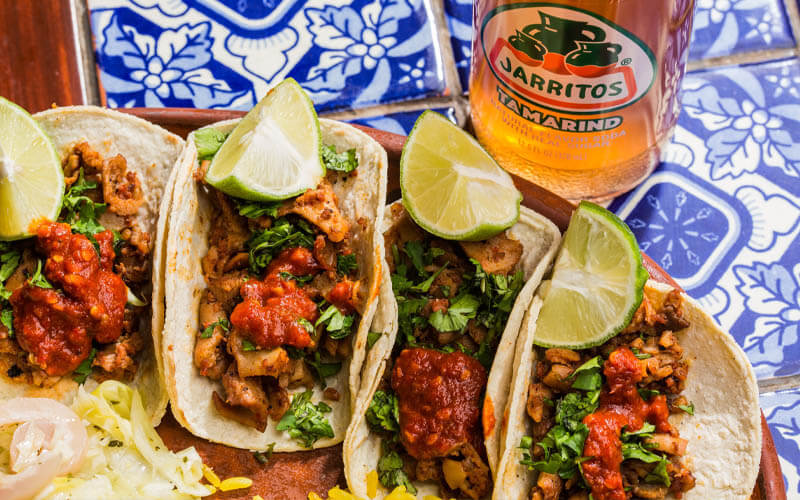
Tacos
Mexico has long been among the world’s most popular holiday destinations, attracting sun seekers and food lovers alike. As hungry and excited as you might be to eat your way through Mexico, sometimes the hardest part is knowing what to order. If you’re lucky enough to be planning a trip, do yourself a favor and sample as much as possible.
TIPPING – Tipping is not mandatory in Mexico, and if an establishment says it is, it can be reported to the Procuraduria Federal del Consumidor (PROFECO). Always carefully check your bill to see if a tip has been added before paying, so that you don’t tip more than you wish or worse tip double.
Of course, that doesn’t mean that you shouldn’t tip. The people serving you will always appreciate a small token of your appreciation in exchange for good service, 10-15% is the suggested amount typically to tip for good service.
Here are some of the most popular (must try) dishes in Mexico;
TACOS
One of the dishes I look forward to eating the most in Mexico, is the national dish of Tacos. A taco is basically anything eaten on a soft tortilla (flour or corn) and the taco universe in Mexico is huge, so make sure to try as many types as you can.
They are usually topped with diced onion and cilantro, before being modified with your choosing of the endless spicy sauces, salsas, guacamole, radish and a squeeze of lime.
You can get tacos practically in any restaurant in Mexico, but you just can’t beat the cheap taco carts and shacks; with their handmade tortillas filled with delicious meats or fresh fish just hauled straight out of the sea.
“I hate tacos,” said no Juan ever!!!
CHILAQUILES
What do Mexicans do with stale tortillas? Why, they fry them of course! And nothing compares to a delicious plate of chilaquiles for breakfast (or lunch), a true Mexican comfort food.
This popular traditional dish features fried corn tortillas that are cut into quarters (think nacho chips) with green or red salsa poured on top. The basic ingredients for the salsa sauce are tomatoes, garlic, onion, cilantro and chili.
It’s then typically topped with scrambled or fried eggs, pulled chicken, cream, crumbled white cheese and avocado slices. Chilaquiles are also often served with healthy dose of refried beans.
TOSTADAS
Literally meaning toasted, tostadas are a simple but delicious dish involving usually corn tortillas fried in oil, or oven toasted, until they become golden and crunchy. They can be compared to an open-faced sandwich in how the toppings usually lay over one crispy tortilla.
Depending on the region, tostadas are served mile high with any number of toppings, such as refried beans, guacamole, cooked meat or seafood, as well as some combination of lettuce, tomato, onion, cilantro, salsa, cheese and sour cream.
ELOTE
You’ll find someone selling elote, the Mexican name for grilled corn on the cob, on nearly every city street corner in Mexico.
The corn is traditionally boiled and served either on a stick (to be eaten like an ice cream) or in cups, with the kernels having been cut off the cob. Salt, lime, butter, cheese, mayonnaise and sour cream are then added in abundance.
This sweet and spicy treat is absolutely delicious (add extra chili powder if you want to turn up the heat) and best to bring some dental floss along too!
ENCHILADAS
Enchiladas have a long history, dating back to Mayan times, when they would eat corn tortillas wrapped around small fish.
These days both corn and flour tortillas are used and are either rolled or folded over and filled with meat, cheese, seafood, beans, vegetables or all of the above and baked in the oven.
The verb ‘enchilar’ literally translates to ‘season with chili’ – so always expect a tasty extra spicy touch!
MOLE
There are, in fact, three states that claim to be the original home of mole, a rich marinade and sauce popular in Mexican dishes.
There are many types of mole, but they all contain around 20 or so ingredients, which could include chocolate, fruit, nuts and varieties of chilli peppers (all requiring constant stirring over a long period of time).
Each mole will taste a little different because each family’s or restaurant’s recipe is usually passed down for generations. The classic version of mole is served over meat, with mole poblano being the most common kind of mole that you find in Mexican restaurants.
When it comes to mole, most people either love it or hate it with no middle ground. You should try it, sooner rather than later on your trip, just in case you fall into the ‘love it’ category.
GUACAMOLE
Guacamole is undoubtedly one of Mexico’s most popular dishes, but few people know that this traditional sauce dates to the time of the Aztecs.
Made from mashed-up avocadoes, onions, tomatoes, lemon juice and chilli peppers (and sometimes a clove or two of garlic), guacamole is often eaten with tortilla chips as an appetizer or used as a side dish.
When in Mexico, you seriously need to grab yourself a bowl of avocado goodness as soon as possible. Homemade and super fresh – it hits differently than from the supermarket at home.
TAMALES
Tamales were first developed for the Aztec, Mayan and Inca tribes who needed nourishing food on the go to take into battle.
Pockets of corn dough are stuffed with either a sweet or savory filling, then wrapped like a present in either corn husks or banana leaves.
Fillings can vary from meats and cheeses to fruits, vegetables, chillies and even mole, tamales are seen as comfort food in Mexico, eaten both at breakfast and dinner time – just remember to discard the wrapping before eating!
MARQUESITAS
A marquesita is one of the most delicious creations, that originated from Merida (the capital of the Yucatan in Mexico). A yummy local treat and street snack, thankfully you are never too far away from due to the abundance of street vendors selling them.
These delicious treats were invented during a cold winter by an ice cream vendor, when his sales were low. The daughters of a wealthy marquis living in Merida loved the waffle cones stuffed with queso (cheese), that he named them “marquesitas” after the little ladies.
It can be compared best to a sweet and crunchy crepe, that has been filled with melted shredded cheese and a sweet filling, such as Nutella, jam, peanut butter and cajeta (a caramel sauce) and then rolled.
Next time you are in the Riviera Maya, treat yourself to a marquesita and discover what locals have been smiling about for decades.
MEXICO'S NATIONAL DRINK:
Tequila is a liquor distilled from the blue agave plant, primarily in the area surrounding the city of Tequila (in the central western Mexican state of Jalisco). A UNESCO World Heritage Site, the town itself is picturesque.
The Mexicans love their Tequila so much in fact, that they celebrate every third Saturday of March as National Tequila Day – if you are visiting during that time, be sure to join in and partake!
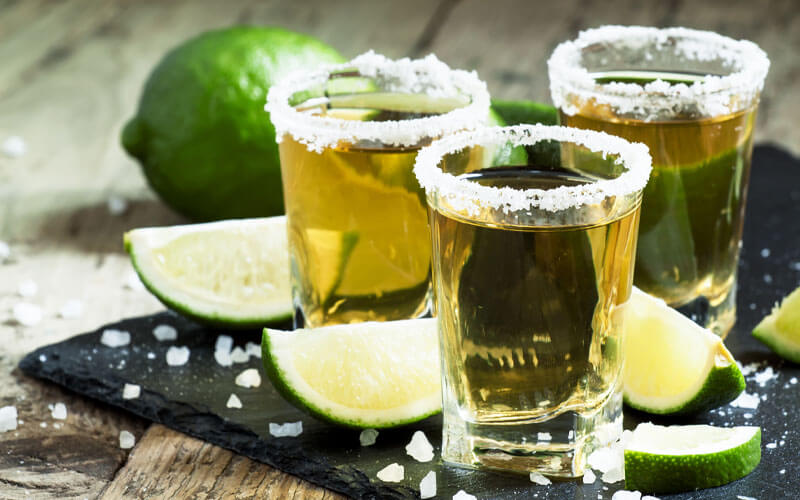
Tequila
FOOD TOURS IN MEXICO:
If you are a foodie fanatic like me and like to eat your way through a country, I recommend you go on a food tour. The local insight of guides is truly amazing and it gives you a better understanding of the local cuisine, plus they always know all the best spots to visit! Listed below are my top recommended food tours in Mexico.

SUGGESTED READING FOR MEXICO
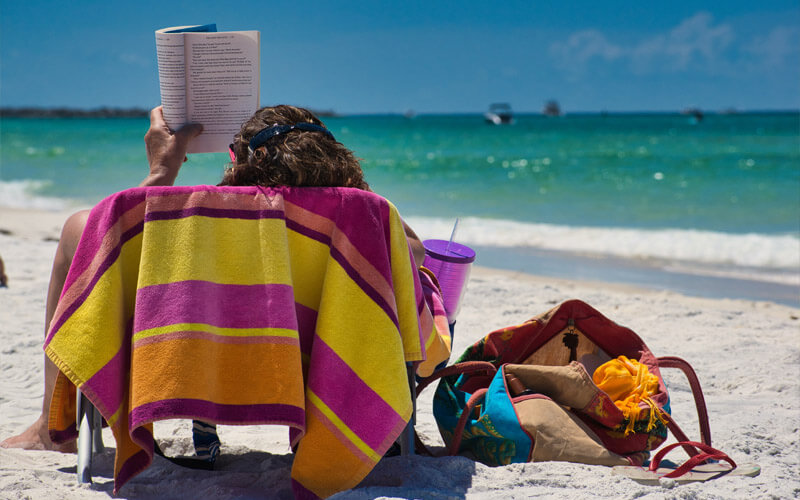
Books about travel inspire us to go visit far off lands and imagine ourselves doing incredible things. Eat, Pray, Love is the book that actually inspired me to give up everything and start traveling the world!
Long bus, ferry or plane rides can get pretty boring and can give you a lot of ‘dead’ time and sometimes you need to find ways to keep yourself entertained. Personally, I have found that reading a good book is one of the easiest ways to pass the time and there’s nothing better than reading about the country you are in. In fact, sometimes reading a travel book can be as transformative as the journey itself.
This is my personal list of travel books that I recommend checking out before or during your trip to Mexico. They are sure to inspire wanderlust in everyone who reads them. Trust me, these books will motivate you to get off the couch, pack your bags and set out on your own fun-filled Mexican adventure – Enjoy!
I love Lonely Planet for so many reasons. It’s perfect for getting initially orientated with a country and then goes on to provide fun and useful tips, interesting side stories, historical info, trip suggestions, route planning sections and contains plenty of must-see’s and hidden gems. Yes, Lonely Planet is the gospel of all travel guide books and if you’re really stuck LP can be a lifesaver, sometimes literally.
(also available on Kindle)
Dark Cloud lives in one of the world’s great empires: the Aztec empire. His world is full of vibrant colors and cultures. Through his honest eyes, we see both the best and worst of his people, but all that is about to change as conquistadores arrive from across the sea. This is one of the greatest books about the ancient Aztec empire.
(also available on kindle)
When several notebooks were recently discovered among Frida Kahlo’s belongings at her home in Coyoacán, Mexico City, acclaimed Mexican novelist F. G. Haghenbeck was inspired to write this beautifully wrought fictional account of her life. Haghenbeck tells the extraordinary story of a woman whose life was as stunning a creation as her art.
(also available on kindle)
This book offers all the basic info you will need to get started with Mexican cooking, followed by more than 500 Authentic Mexican Recipes.
(also available on kindle)
Unleash your inner artist and celebrate the rich culture of Mesoamerica with 25 gorgeous illustrations. This lovingly hand-crafted coloring book features over two dozen mesmerizing patterns, beautiful landscapes, fun pinatas and festivities, enchanting sugar skulls, and so much more
I travel light, so bringing books with me is not my preferred choice. That’s where the Kindle Paperwhite comes in incredibly handy. It is light-weight and waterproof, which means I’m free to read and relax at the beach or by the pool, without any worries.
There are FREE books you can get on Amazon for your kindle, such as my personal favorite; ‘Kicking Ass on the Road‘ The Ultimate Guide for the Solo Female Traveler.

MONEY SAVING TIPS
As I’m sure you do, I always like to save money wherever I can, on my travels. Here are some of my best money saving tips for Mexico;
couch surf
Accommodation is fairly cheap in Mexico but nothing is cheaper that free! Use Couchsurfing to stay with locals who have an extra couch (or if you are lucky, a bed). You will meet great people that will also be happy to show you around too. It is one of my favorite travel services out there and I’ve always walked away with new friends.
House & pet sit
Again, another great tip for getting free accommodation; Trusted Housesitters is a membership program that matches home & pet owners with travelers in trade for accommodation. The home is not left empty, the pets get to stay in the comfort of their own homes and the traveler gets to stay for free (a total win/win situation!).
DON'T OVER PAY FOR SOUVENIERS
If you want to buy souvenirs, buy in local markets, rather than in touristy shops or airports. The Quinta Avendida (5th Avenue) in Playa del Carmen is a perfect example, with everyone selling overpriced items to tourists. Visit a nearby traditional market or walk further afield and you’ll find the same items for cheaper prices.
Bargain hard
If you like to shop, then don’t be afraid to haggle. Mexico is a haggling nation, so you don’t always have to accept the first price given. This is especially true in touristy markets and at souvenir stands. The same applies for taxis (not buses), with most drivers giving you an inflated price when first asked. Foreign tourists are prime targets for inflated prices, so always ask first and be prepared to haggle to a certain extent.
EAT WHERE THE LOCALS EAT
Always look to see if it’s locals or tourists eating in a restaurant. If there are mainly locals, then you can rest assured you’ll not be paying over-inflated tourist prices. In addition, most cities and towns have local markets where the locals get cheap meals, from as little as $2USD.
DO ALL THE FREE THINGS
There are so many free things (or really inexpensive) things to do in Mexico; such as visiting some ruins, museums, parks and public performances. The tourism office/website is a great place to start and can offer up some great suggestions.

FUN FACTS ABOUT MEXICO

Mayan Chocolate
I love learning about the countries I travel to and I especially love learning fun and unusual facts, here are a few fun facts I’d like to share with you about Mexico:
Chocolate was discovered and originates in Mexico:
If you love chocolate, you have the people of ancient Mexico to thank for that – with the Olmec, Aztec, Toltec and Maya civilizations cultivating cacao trees 3,000 years ago. The Aztecs referred to the liquid hot chocolate as the drink of the gods and cacao beans were used as a form of currency, valuing them more precious than gold.
Mexico is home to the world’s largest pyramid:
I was under the impression that this title belonged to Egypt, but in fact the Pyramid of Cholula) in the Pueblo State of Mexico) happens to be the largest pyramid in the world. Standing at a height of 180 ft tall with a 1,480 sq. ft base, this pyramid is significantly larger than the Great Pyramids of Giza.
Mexico City is the second largest city in the world with the most number of museums:
Mexico is a country that certainly has a lot to offer in terms of history and culture, with a remarkable number of museums showcasing it. There are over 170 museums in Mexico City alone, making it the second largest city in the world in terms of museums. It is only out-ranked by London, boasting the record with nearly 200 museums.
Mexico is the country with the most taxi cabs in the world:
There are over 60,000 registered taxis on the streets of Mexico, with most being found in Mexico City (which also happens to have the highest traffic congestion in the world). Taxi fares in Mexico are cheaper than in almost any other country in the world, outside of the major tourist zones, of course!
Mexico is the world’s biggest consumer of Coca-Cola:
The high rate of consumption of Coca-Cola, in Mexico, is not seen in any other country in the world. Each year, 118 million locals drink over 160 litres of Coca Cola per person – equaling about half a litre every day. In fact, it is so popular, that in inhabitants of the town of San Juan Chamula (in the state of Chiapas) literally worship this drink!
The meteorite that wiped-out the dinosaurs landed in Mexico:
66 million years ago a massive meteorite, 150km in diameter, hit the Mexican peninsula of Yucatan. It is widely accepted that this event affected the climate to such an extent that over 75% of the plant and animal life on earth went extinct. It also created over 6,000 cenotes (natural sinkholes) that are so popular in Mexico today.
The Color TV was invented by a Mexican:
Without Mexico, the world would be a lot more black and white. Guillermo Gonzalez Camarena is the inventor of color television and was born in the Mexican city of Guadalajara, Jalisco. In 1940, he requested a patent for the first color image transmission system, which was later used in the Voyager 1 spacecraft.
Mexico’s capital is sinking every year:
Mexico City was built atop a system of lake beds. The Aztecs chose this place as a sacred location for building The Great Tenochtitlan (their capital city). Later, the Spaniards decided to build their city on top of the Aztec constructions giving birth to a new city (New Spain), now known as Mexico City. Unlike the Aztecs who created intricate systems of dikes and canals for flood control, the Spanish insisted on draining the lakebed. Most of the city’s water today is pumped from its aquifer below the surface and because of the soil’s sandy condition, the city and buildings continue to sink around 12cm per year – more than the Italian City of Venice which sinks around 2mm annually.

FINAL THOUGHTS
Mysterious ancient civilizations, a vibrant history, delicious local eats, the feisty Frida Kahlo, crystal clear cenotes and some of the most spectacular beaches in the world; there are really no lack of reasons to visit Mexico!
It’s almost impossible to be in a country like Mexico and remain untouched by it’s culture and natural beauty.
I truly hope that you have enjoyed my ‘Traveler’s Guide to Mexico’ and it helps you to plan your perfect DIY visit. I’ve been to Mexico 4 times and I just know, I will be returning again.
Mexico is an incredibly diverse country with so much to offer, all just waiting to be explored – so come on, what are you waiting for?

To see where I am in the world today and for more travel inspiration and tips; FOLLOW ME on Instagram, Facebook, Pinterest or join The Charmed Nomads private community Facebook Group.
Share it if you like it 😉


Hi, my name is Emma and I’m so happy to see you here. I hope to provide you with valuable information, travel ideas and inspiration. It’s an amazing world out there and I want to help you discover the very best of it!

If you would like to keep up with my latest blogs, exclusive tips, discounts, giveaways and more.

















